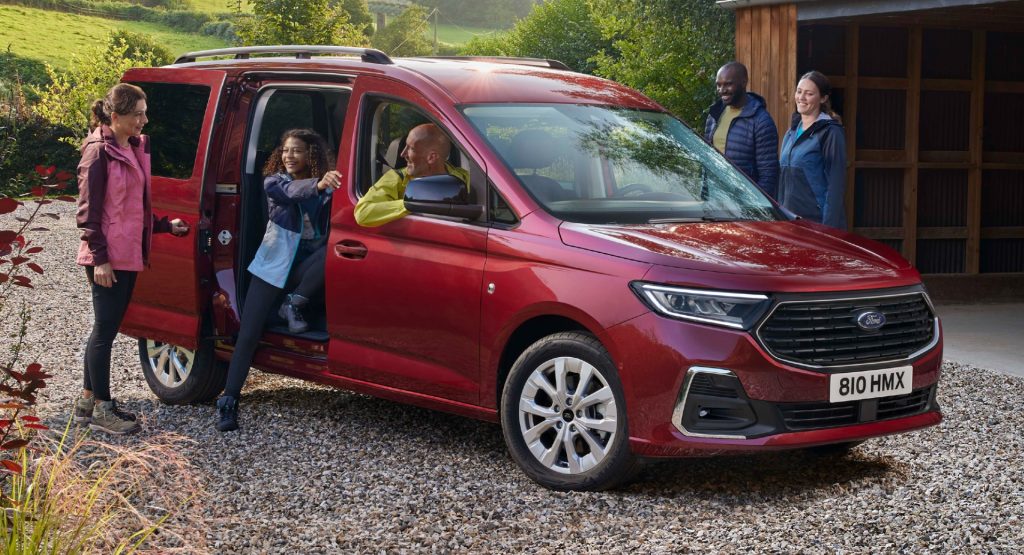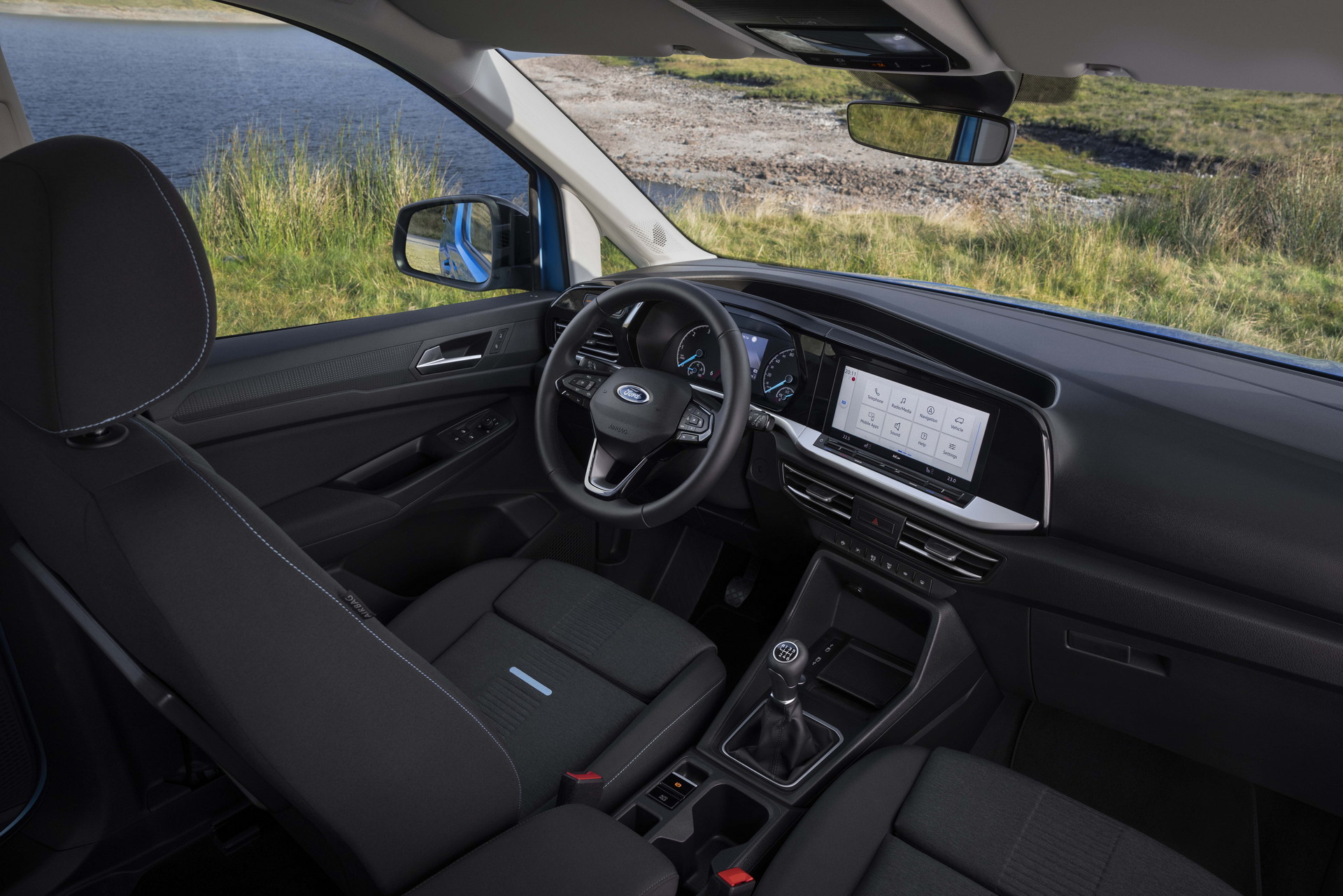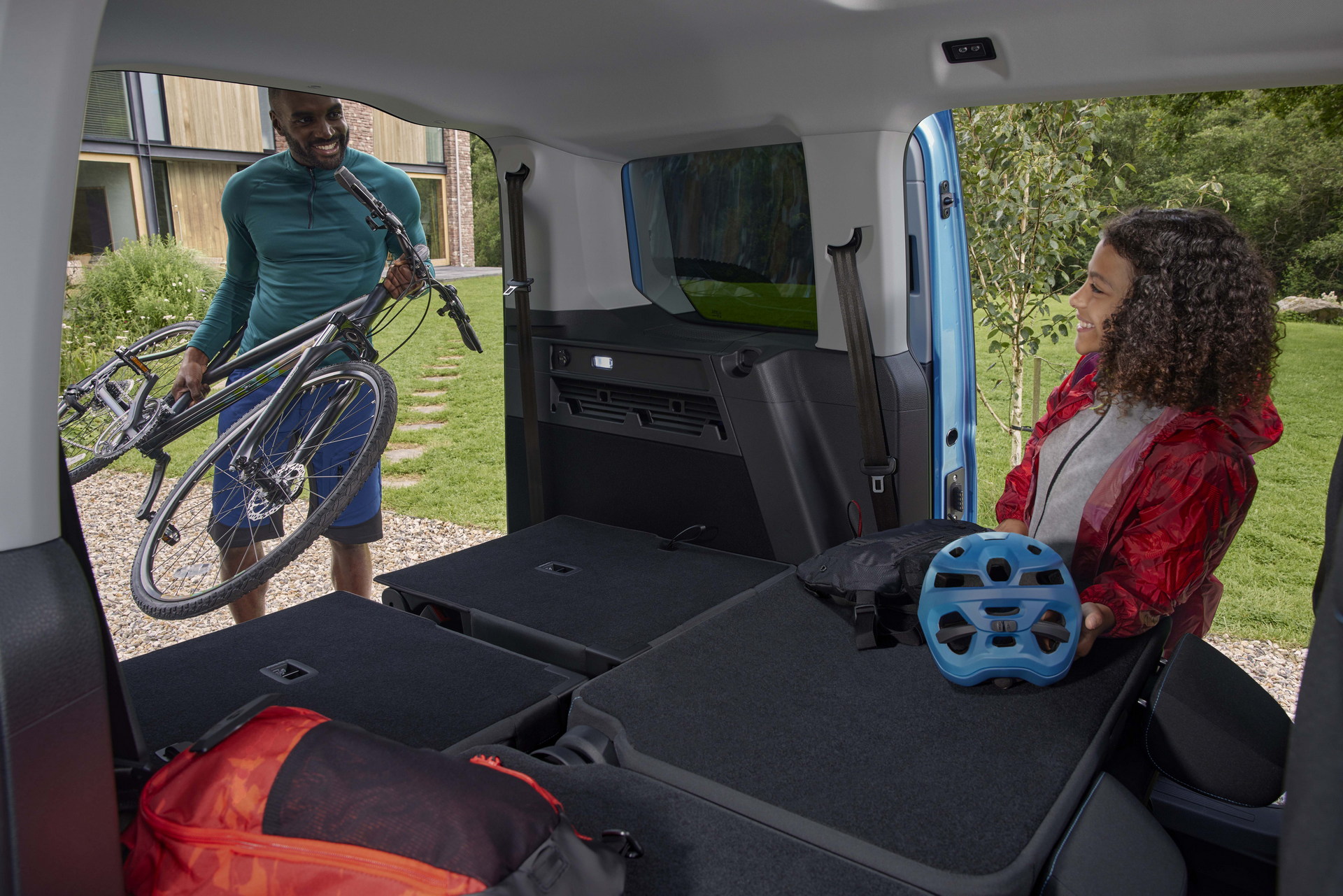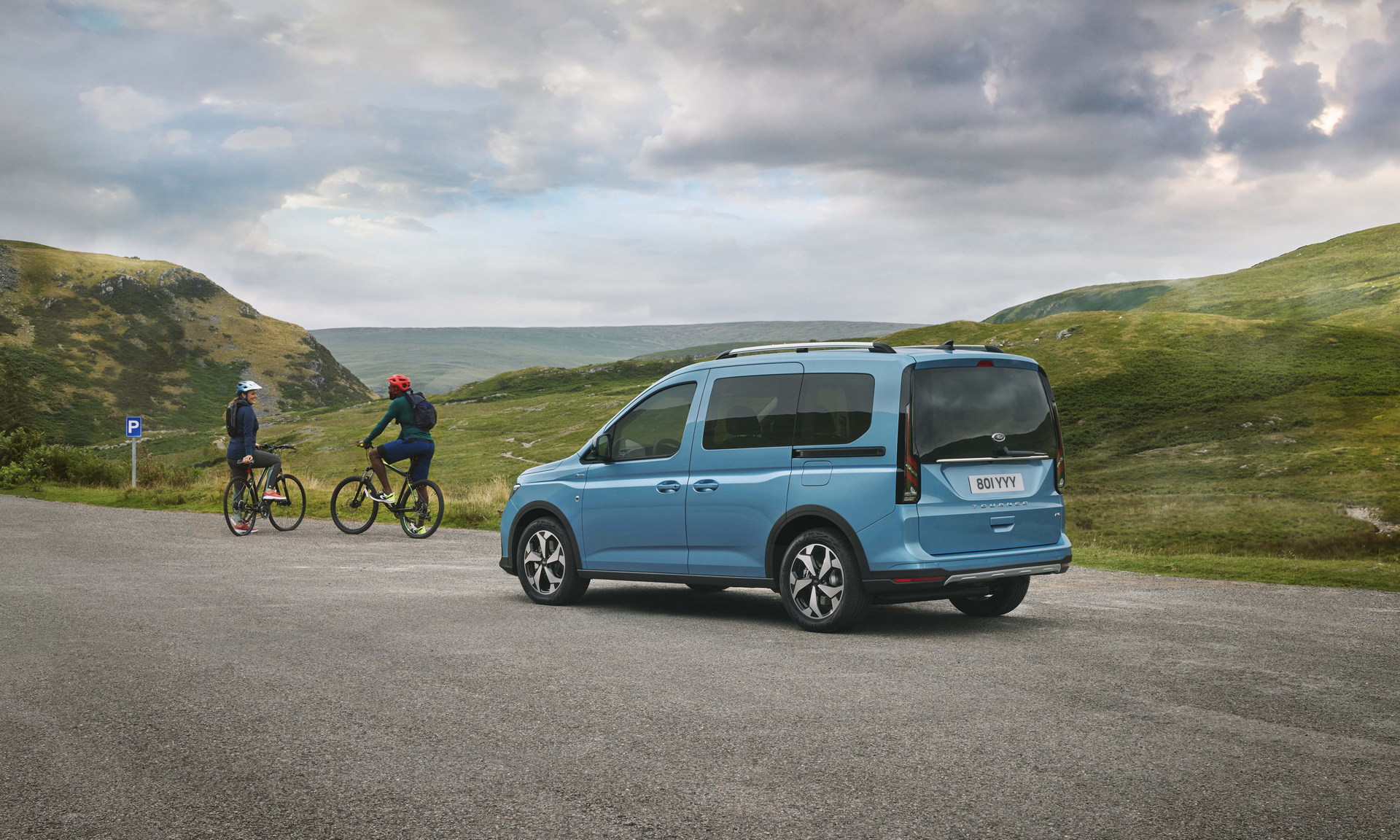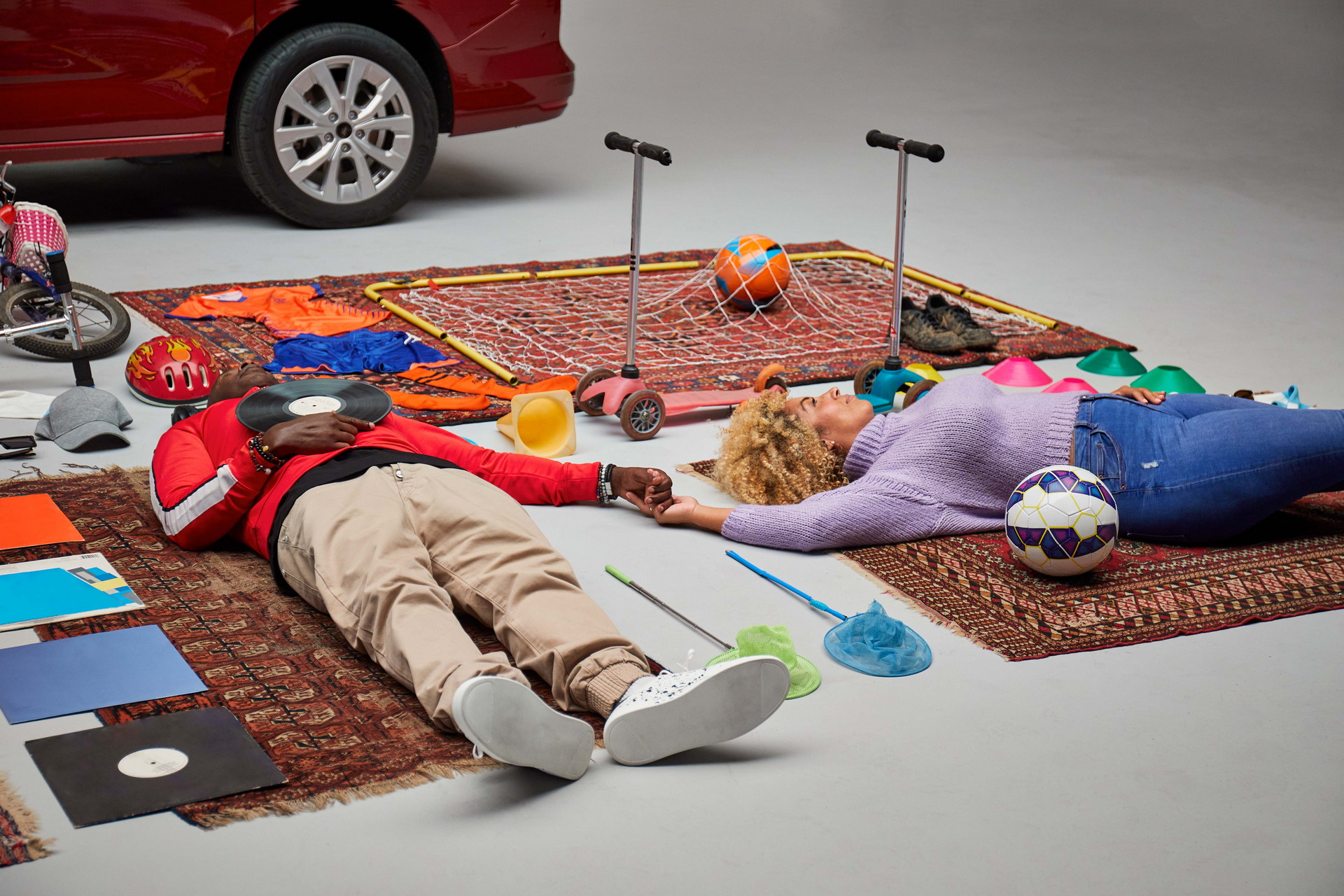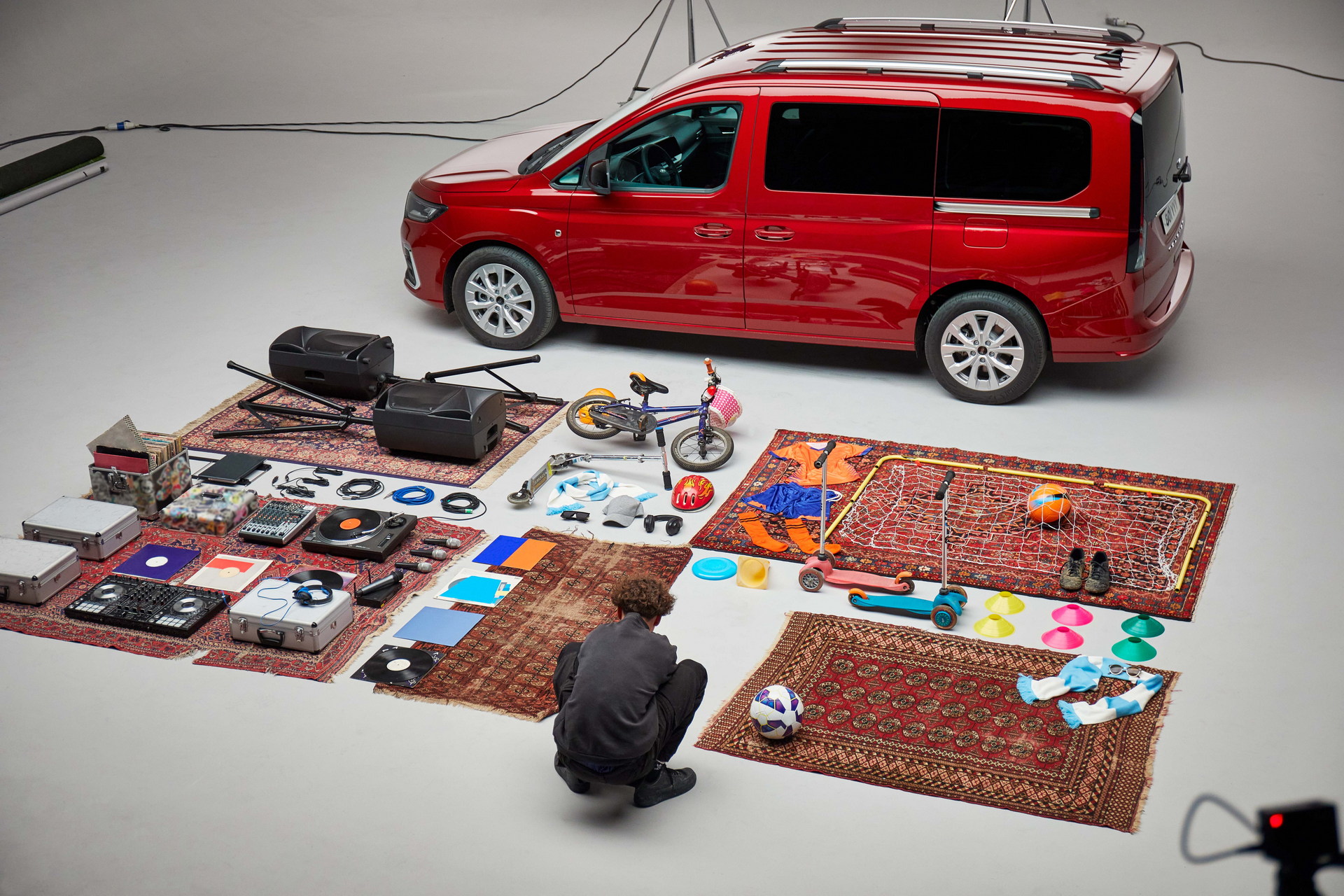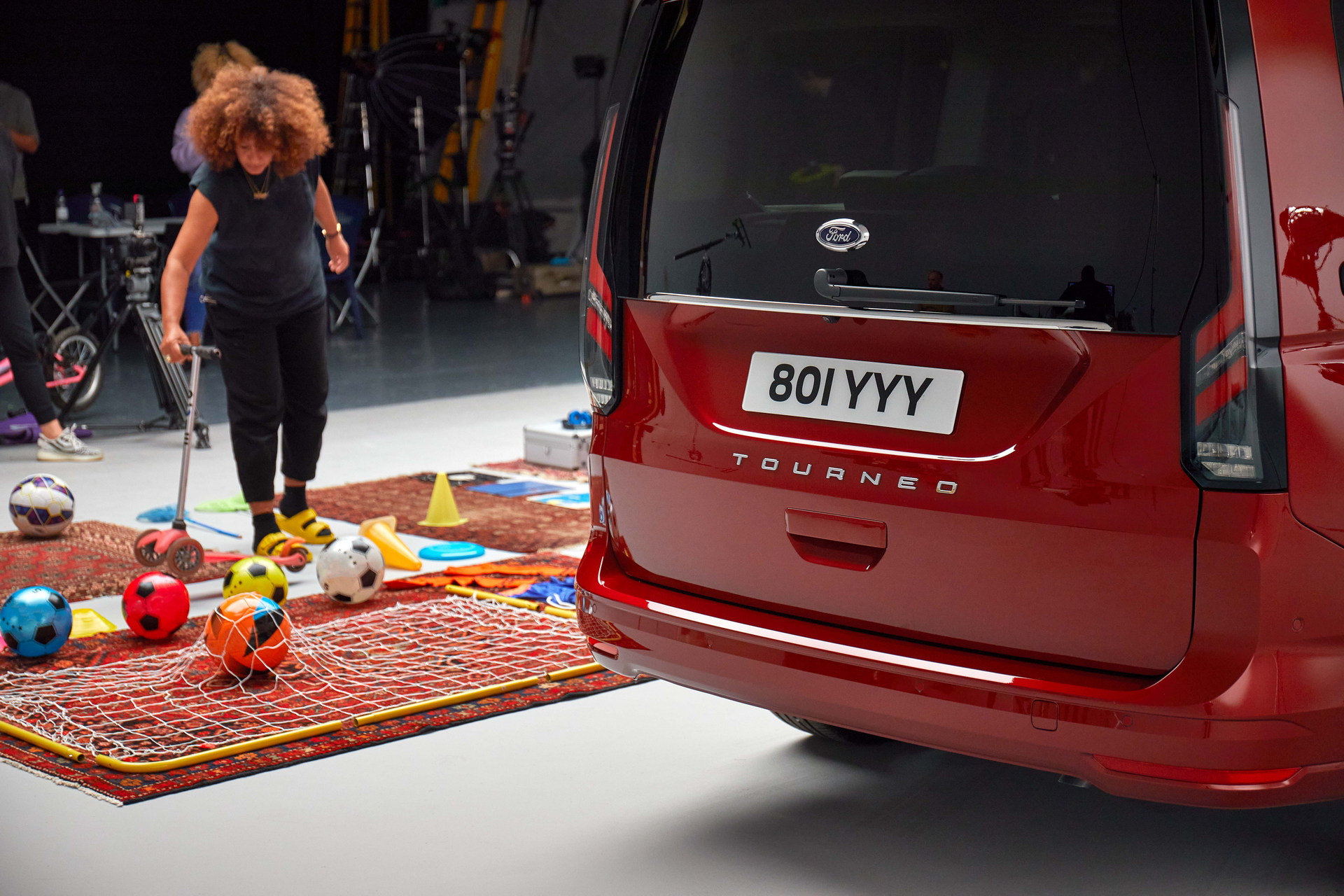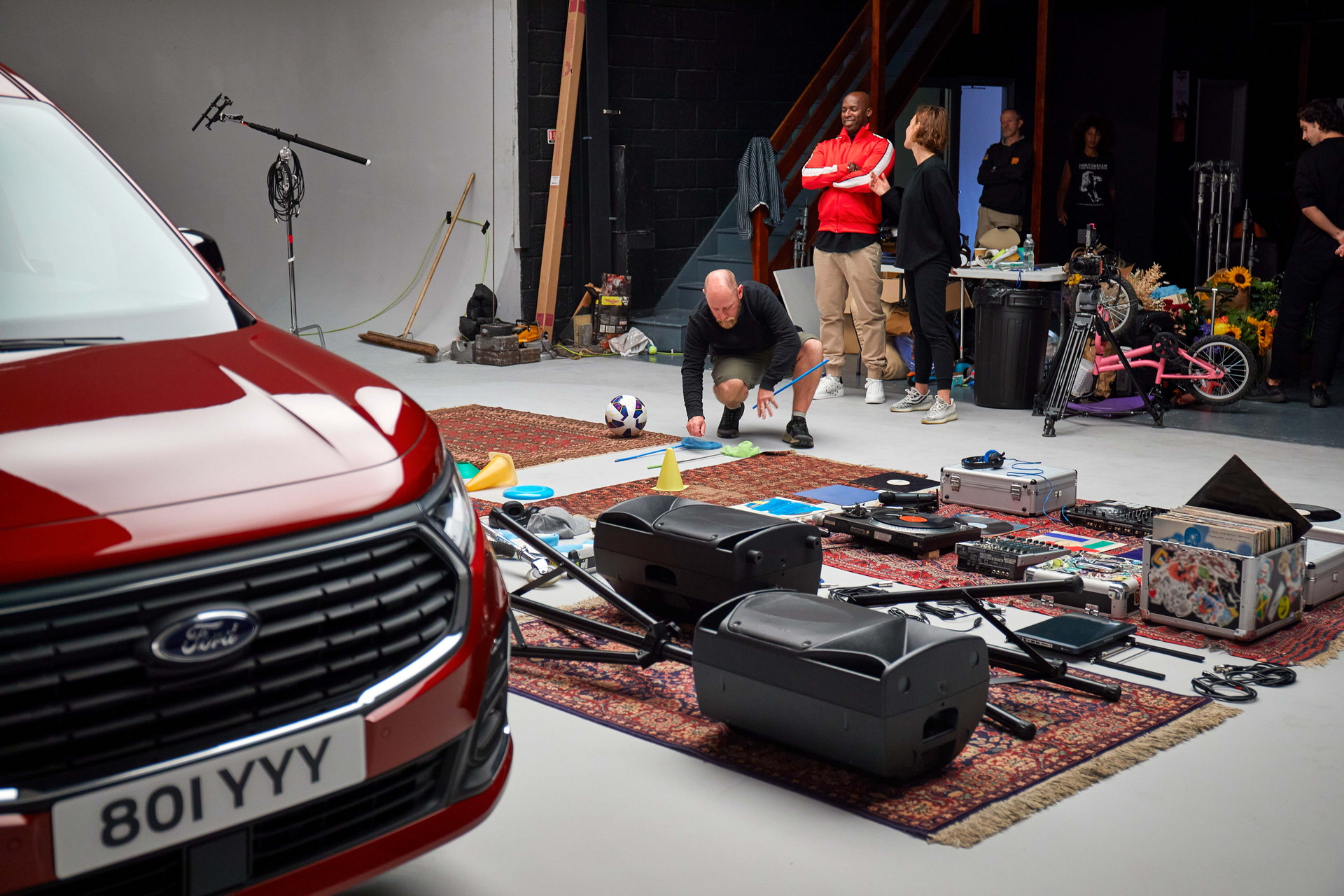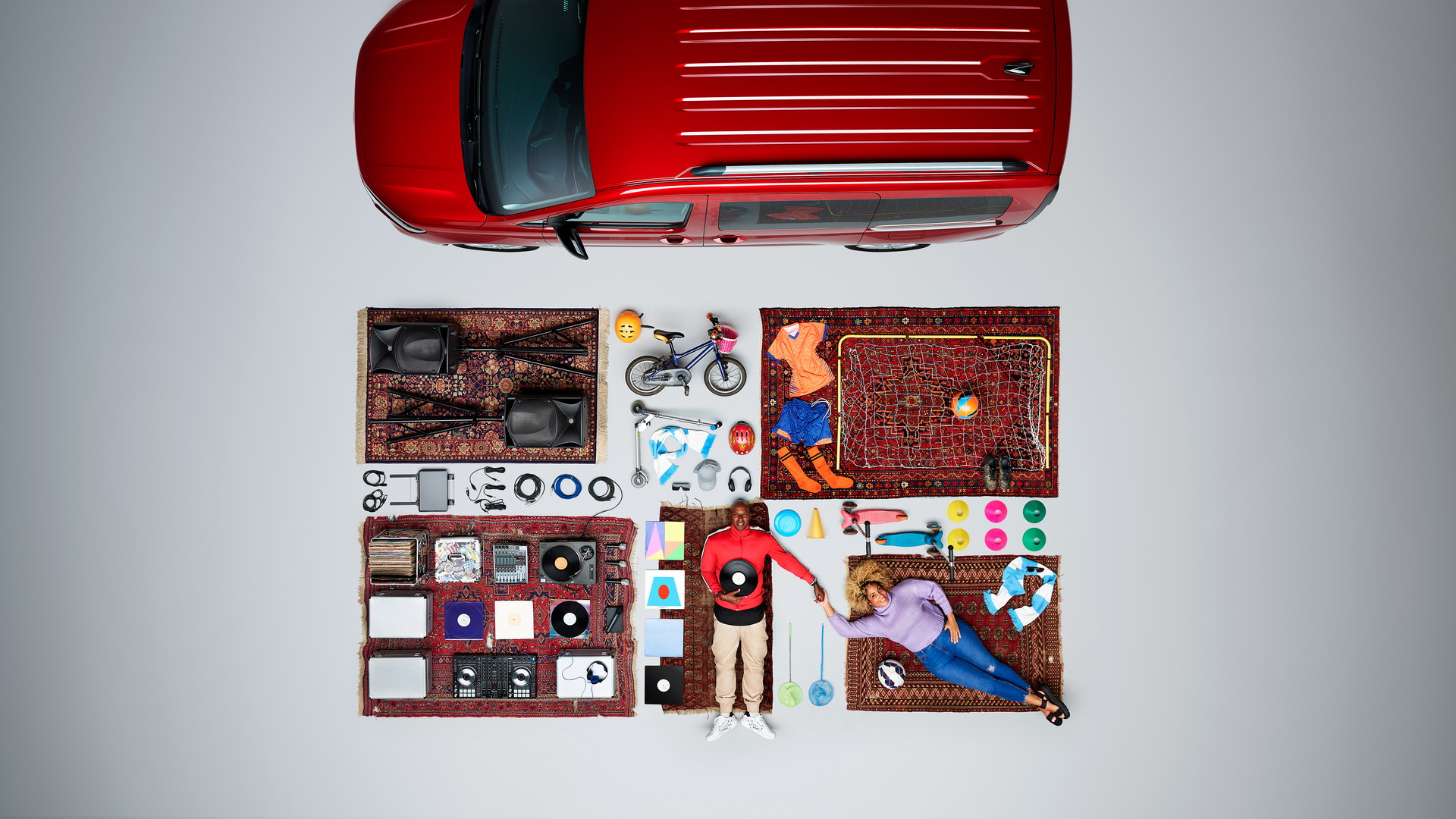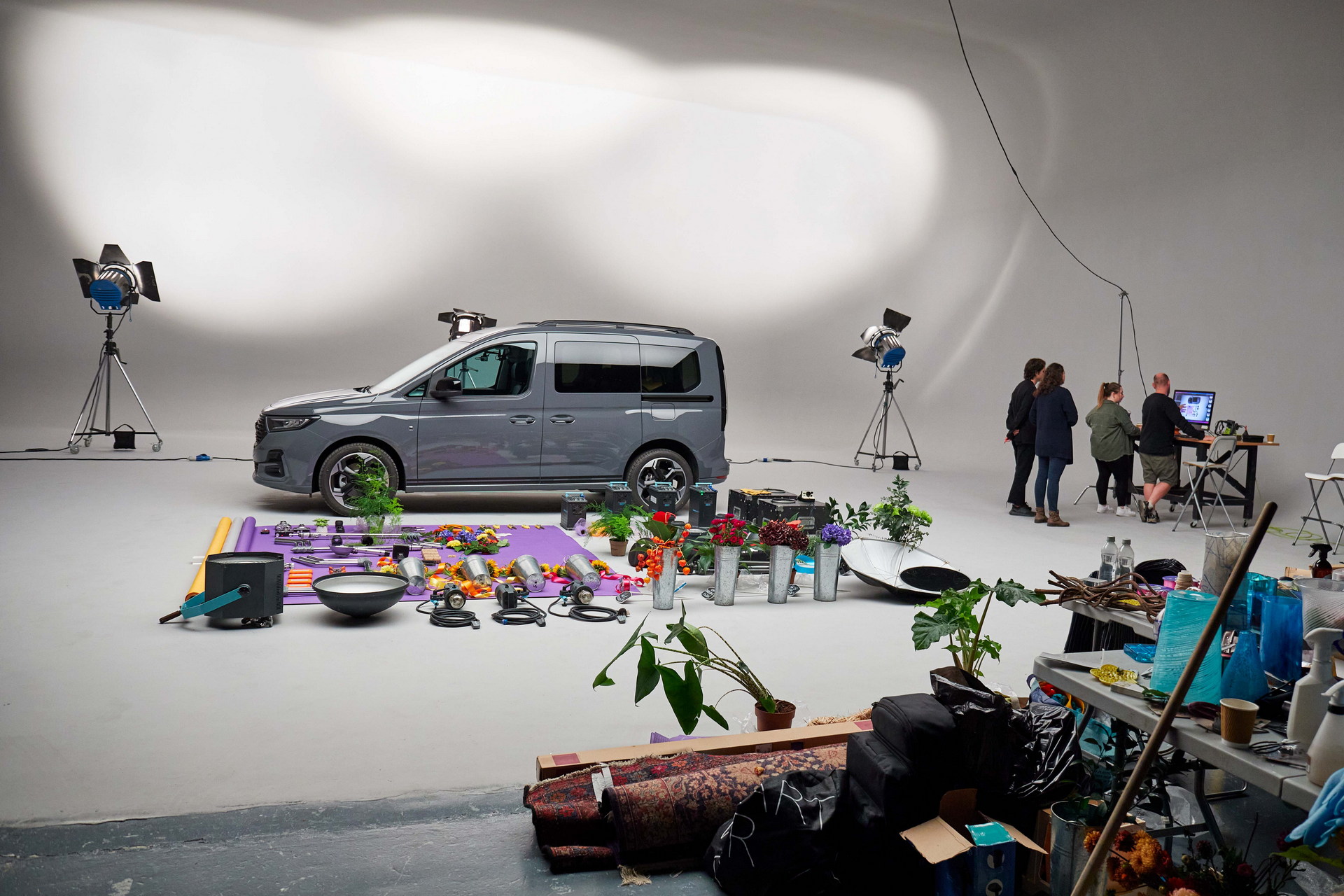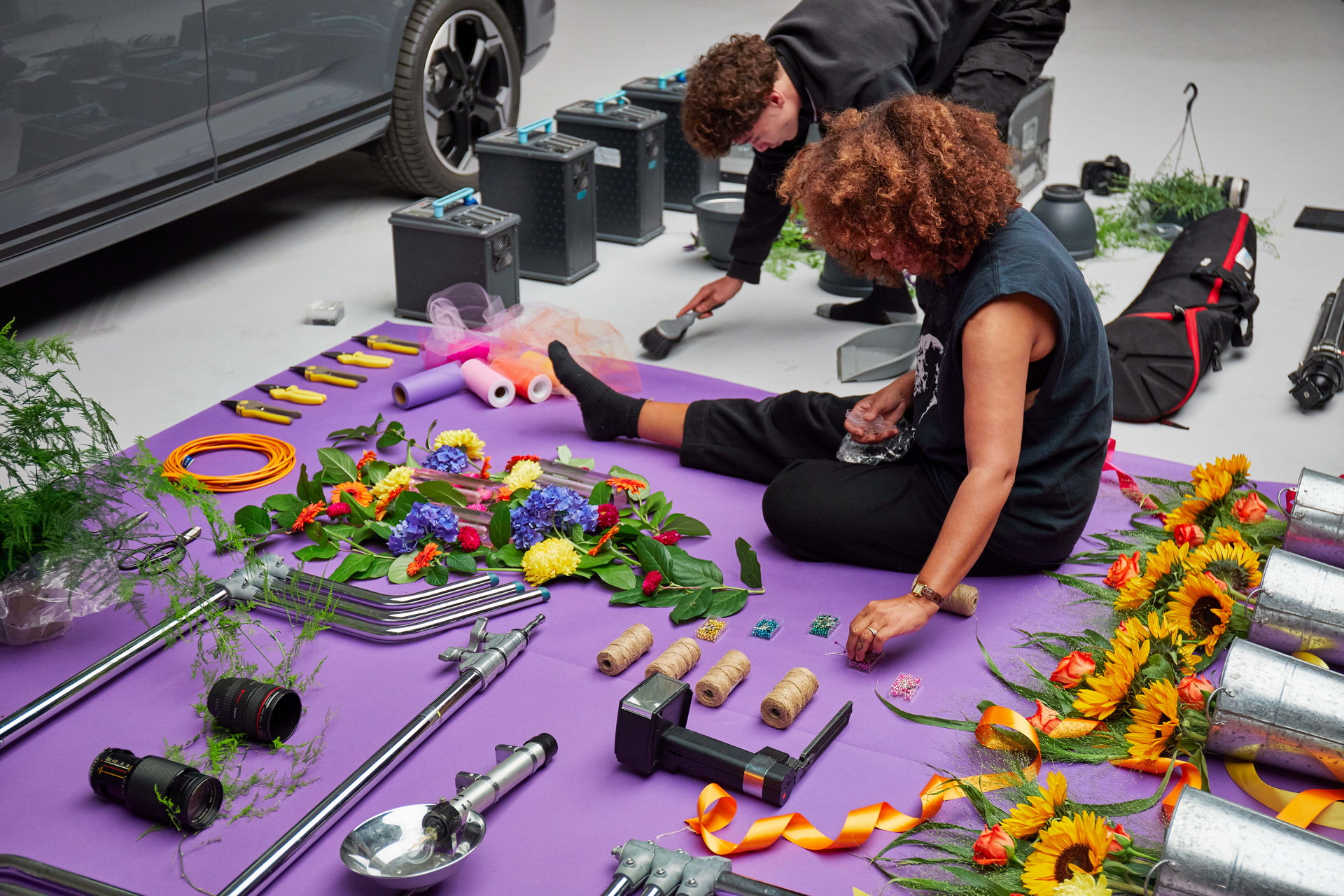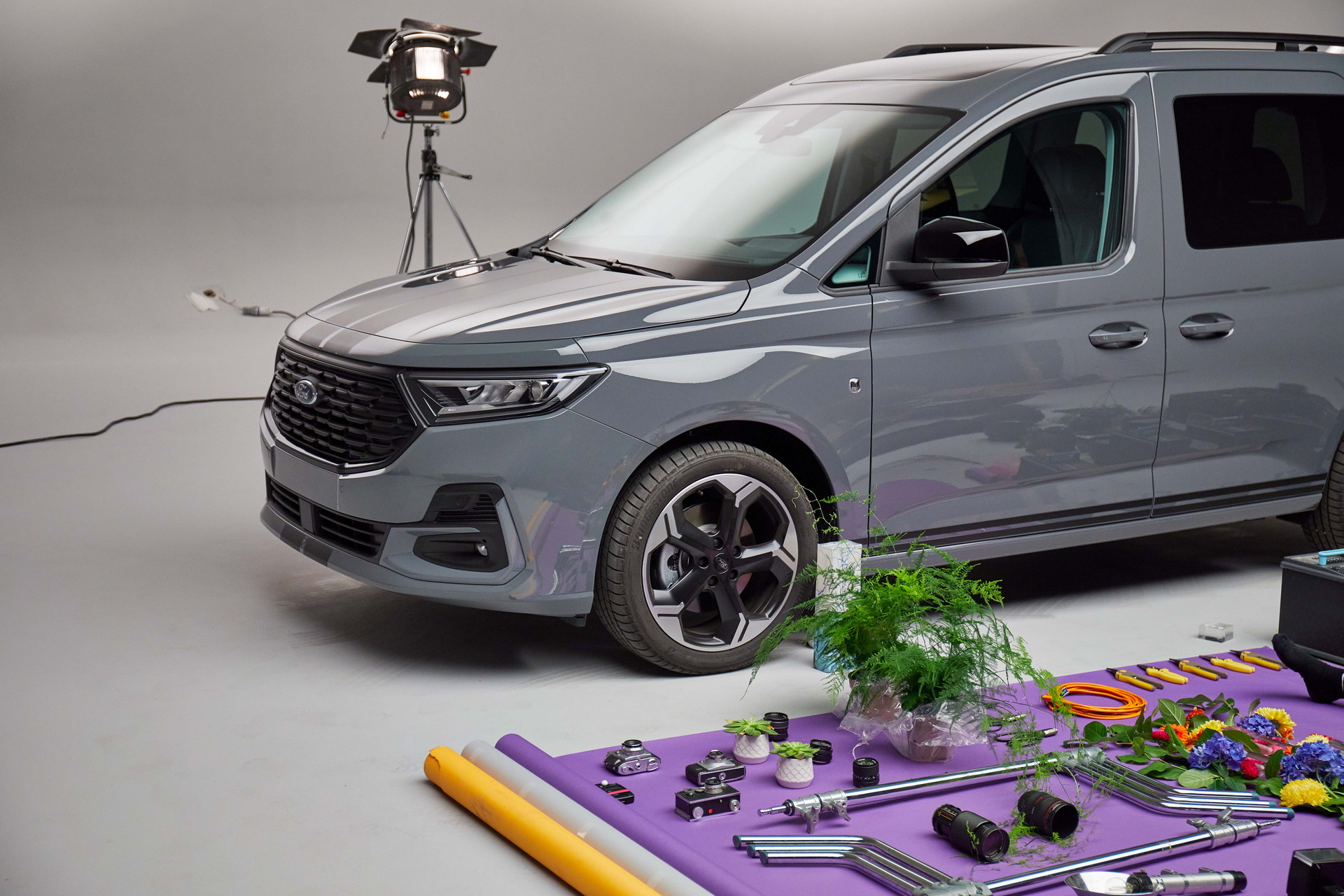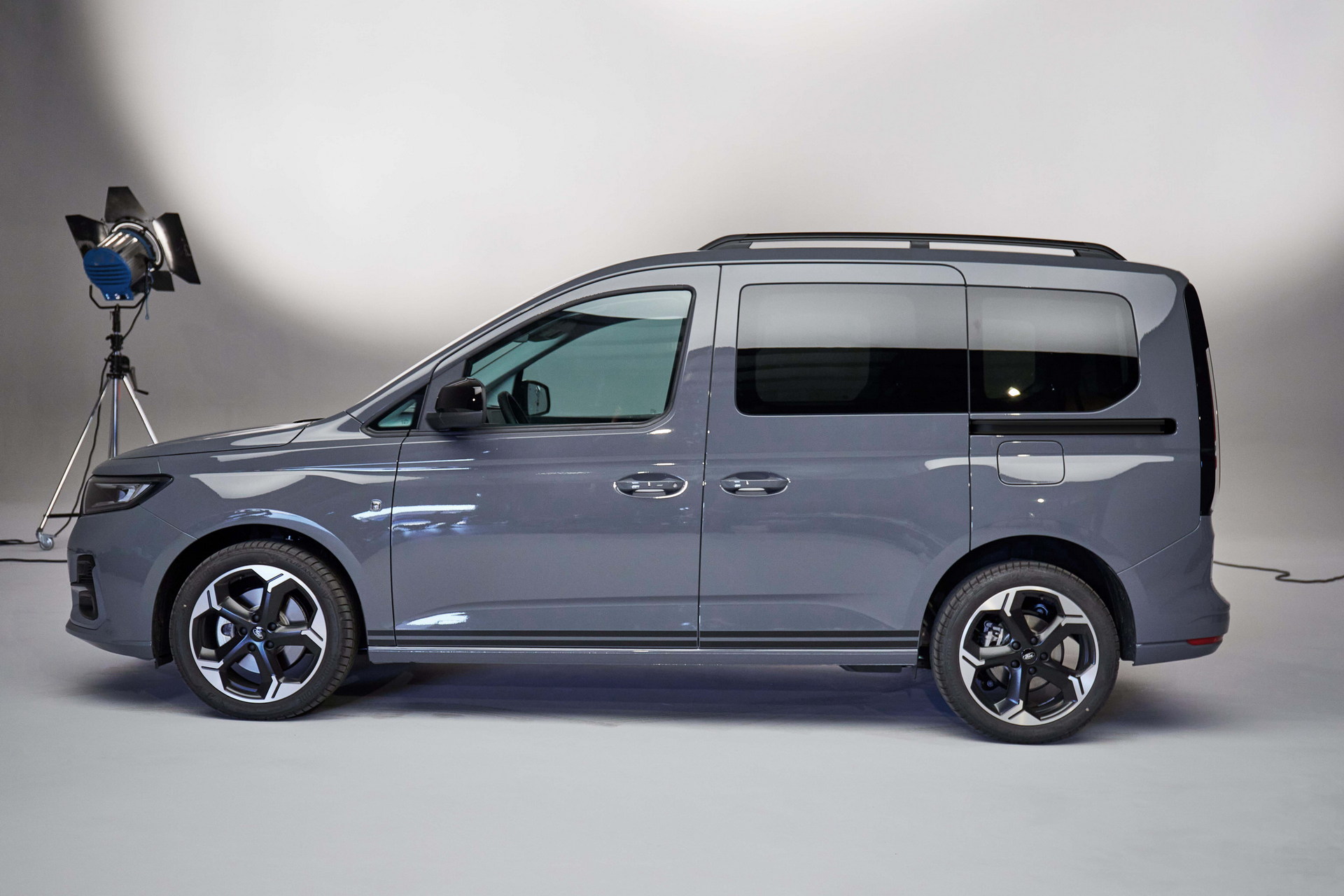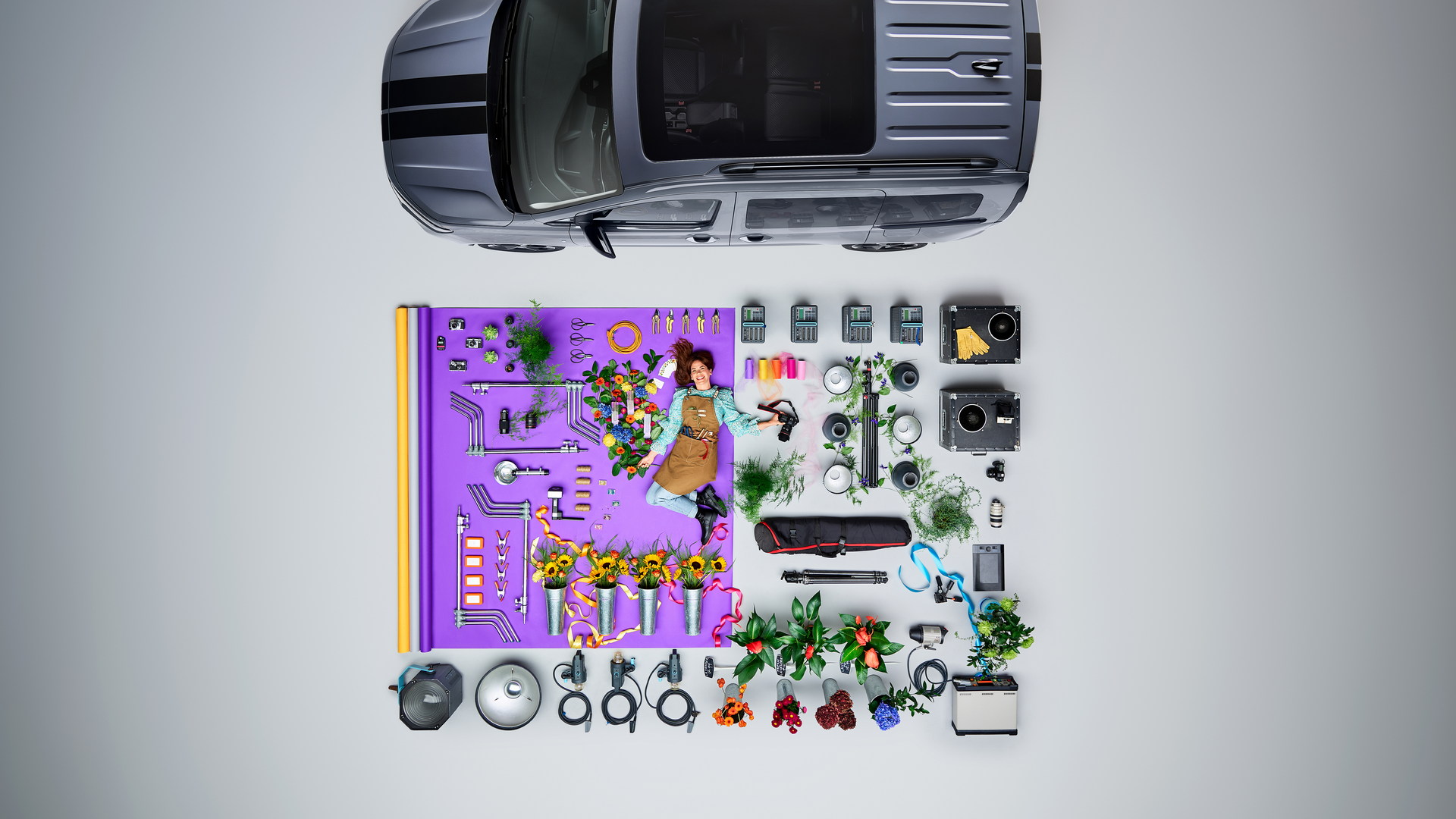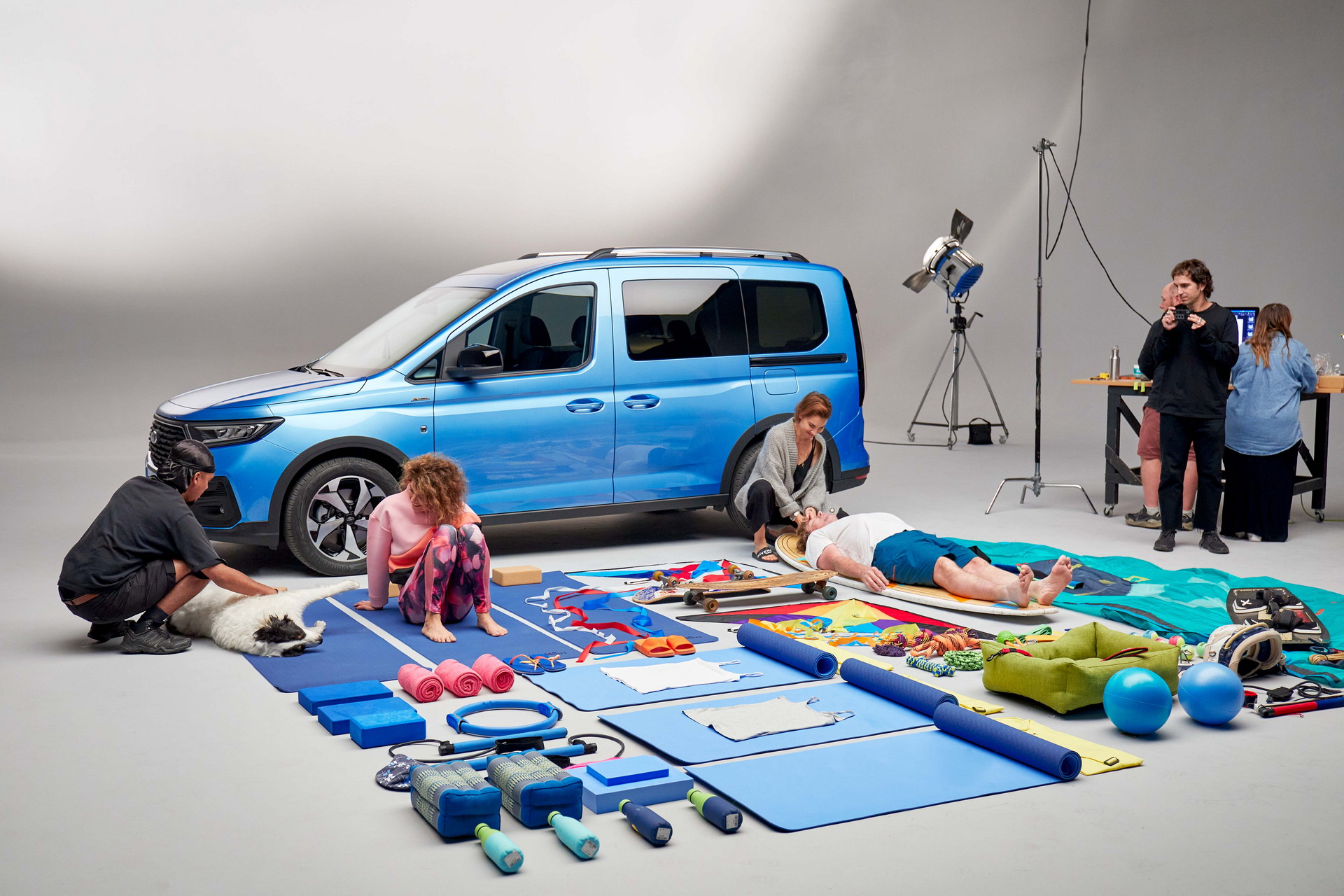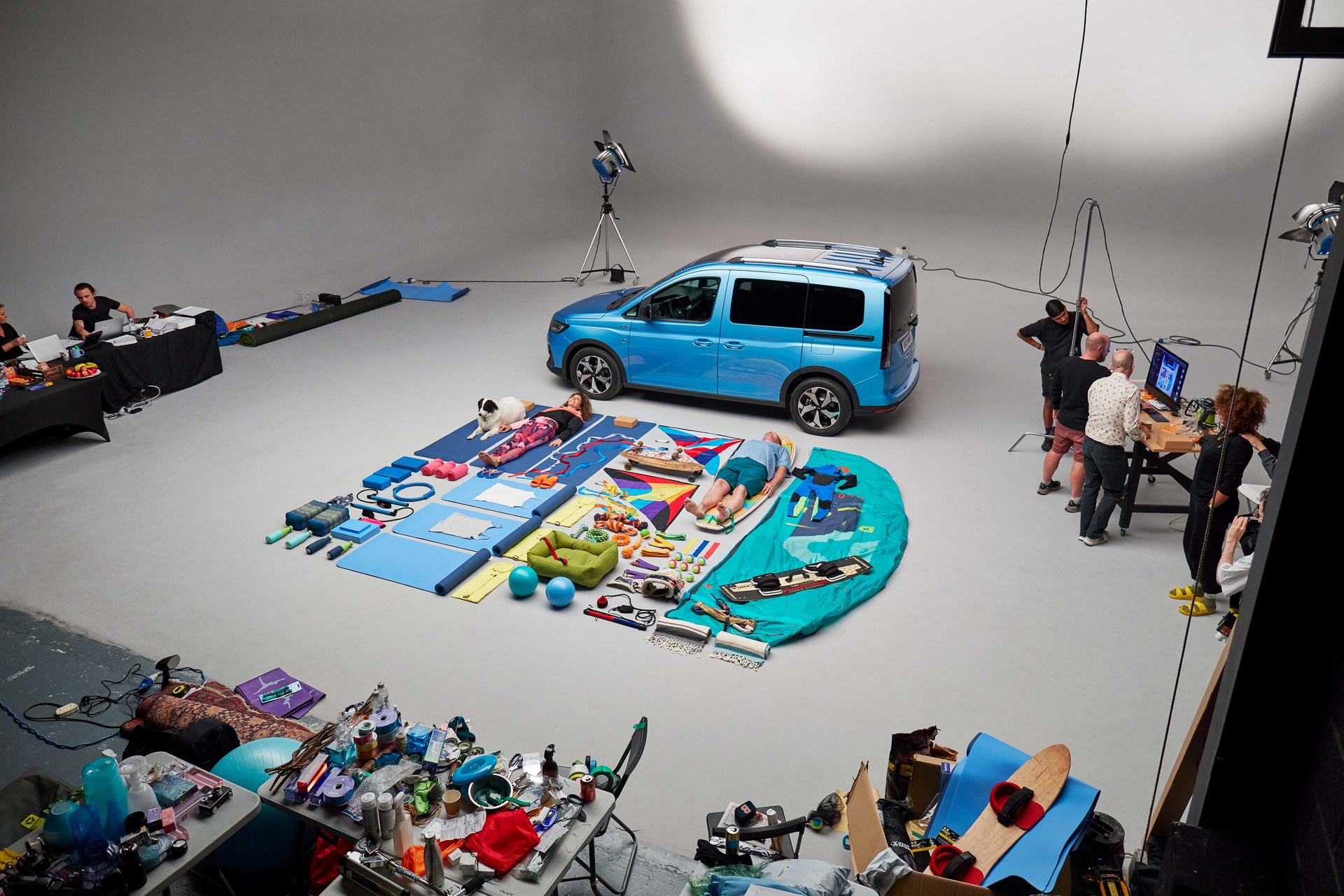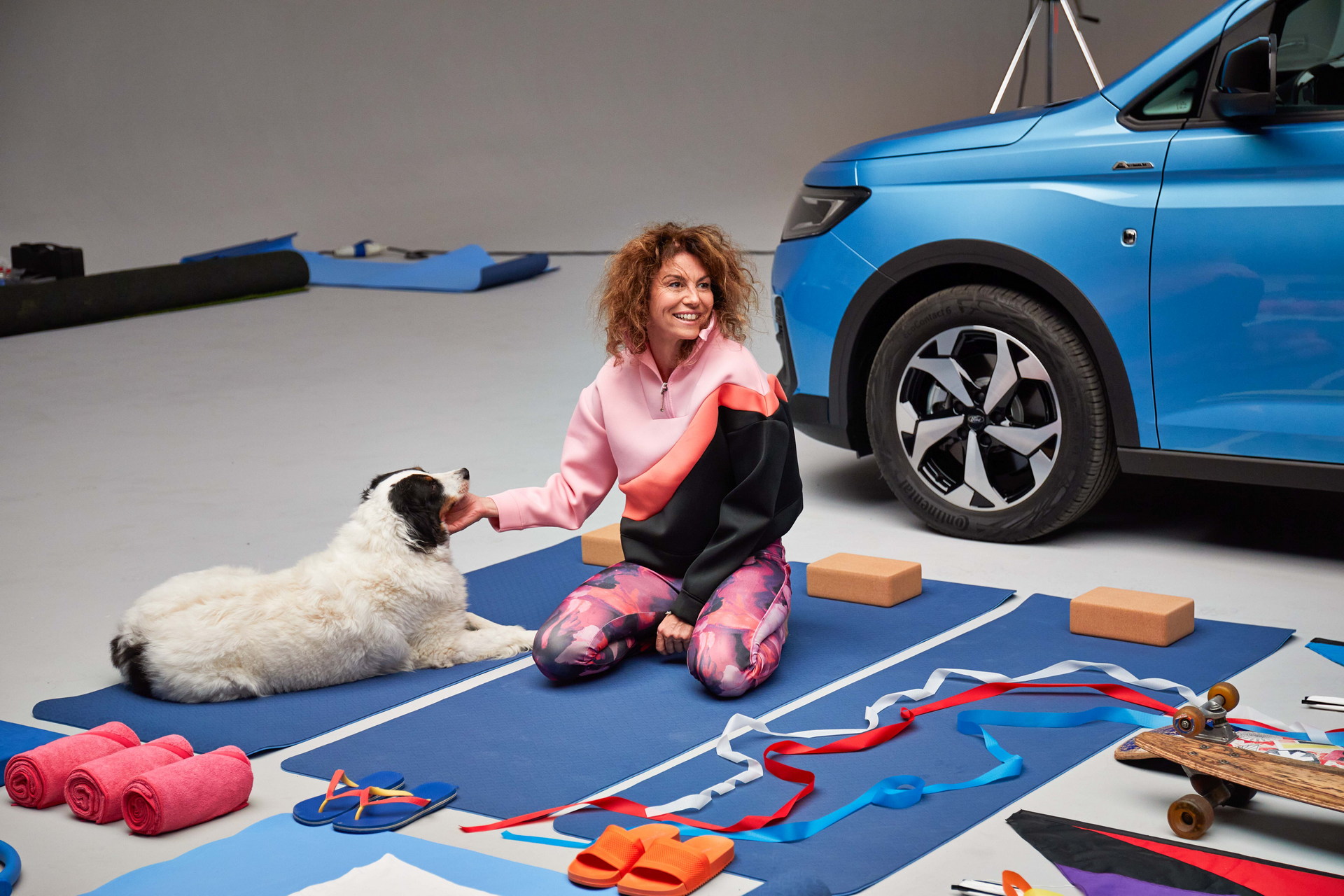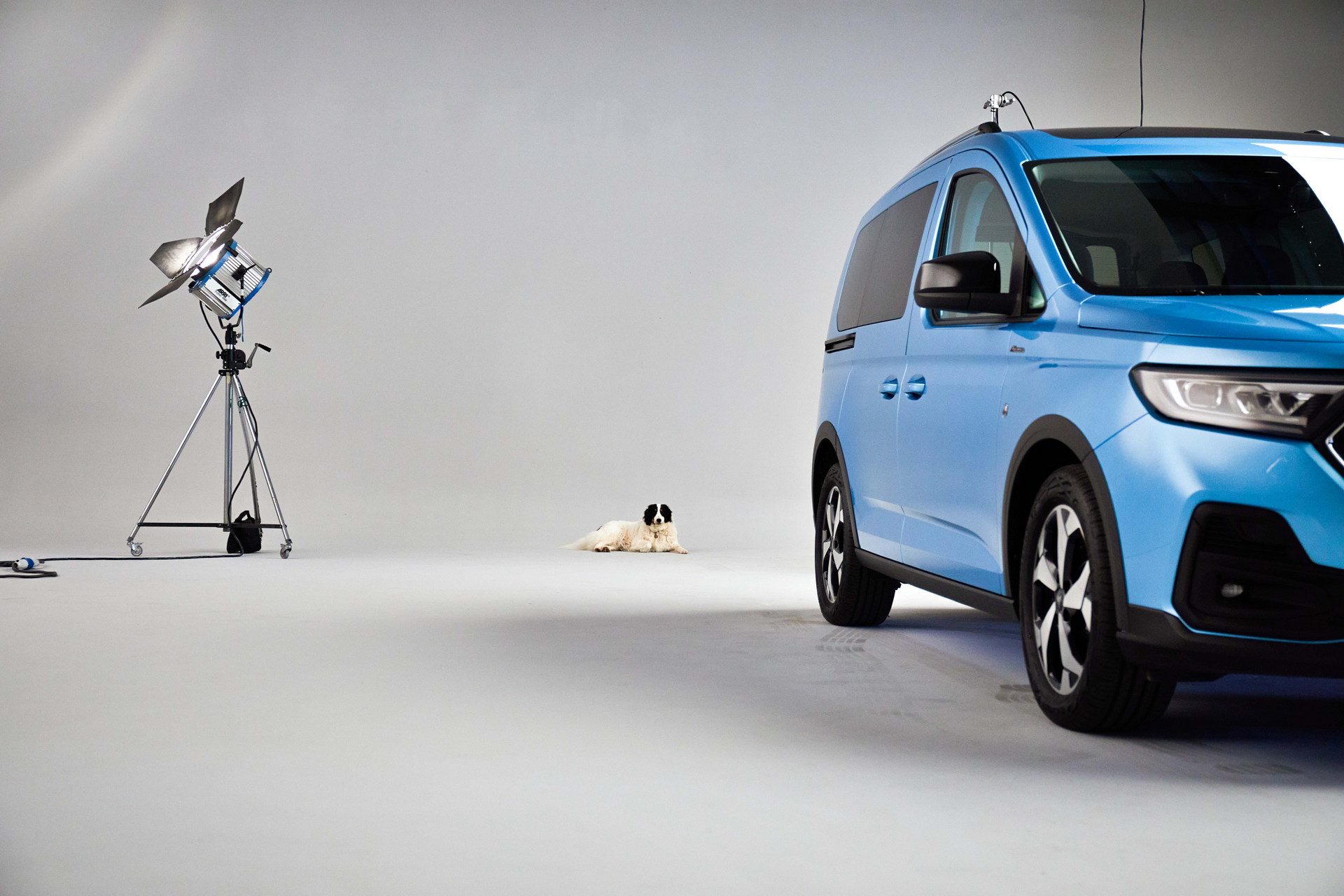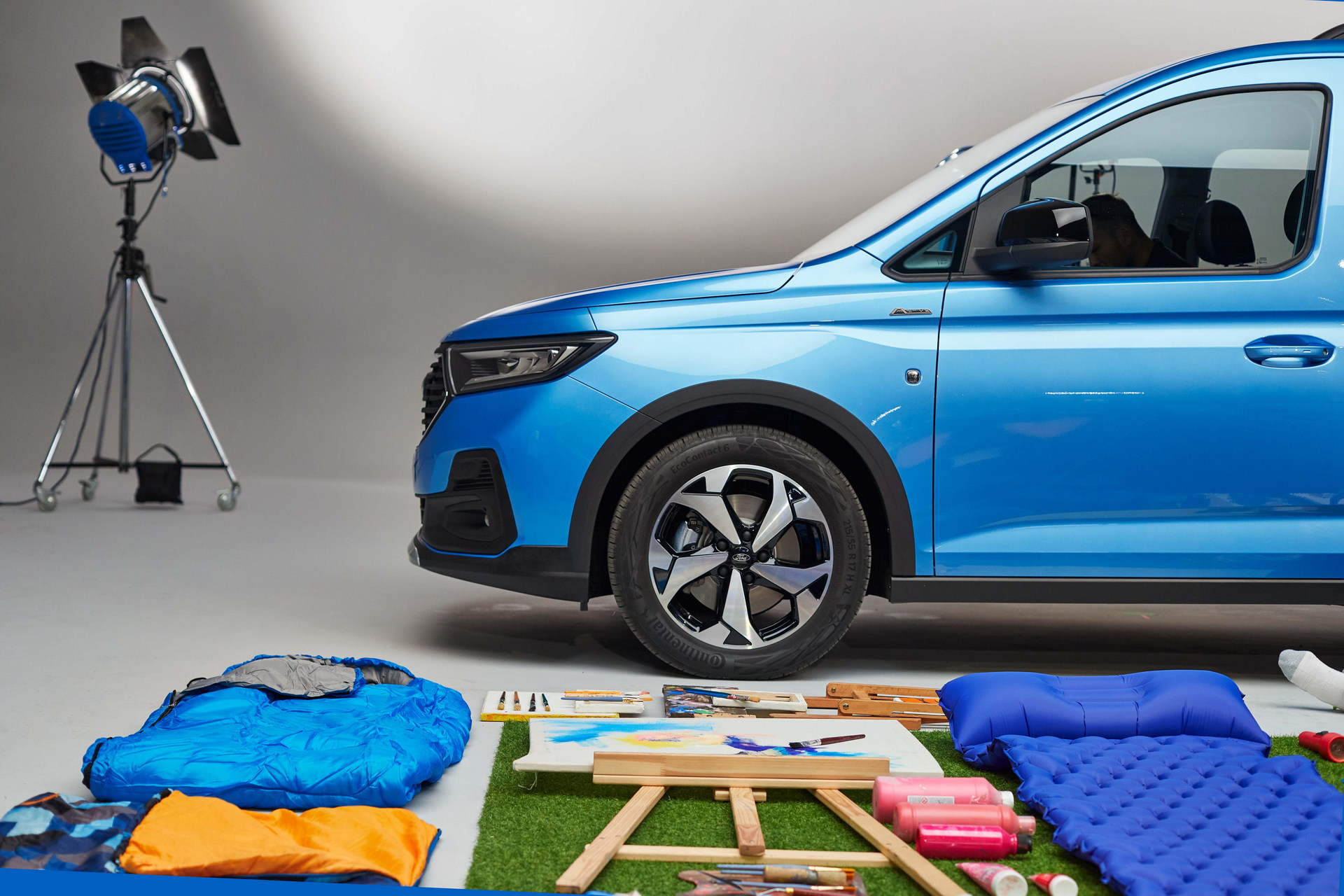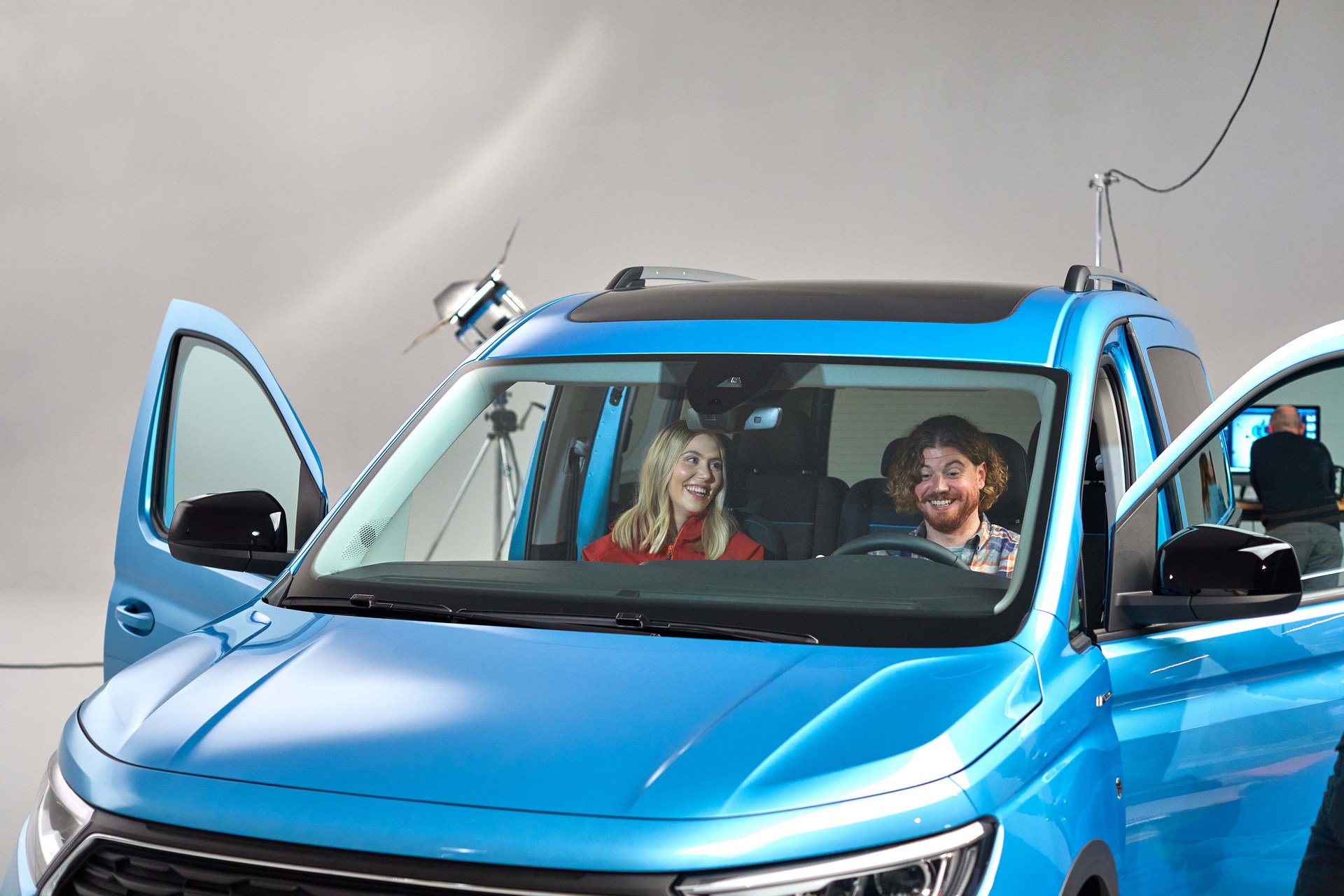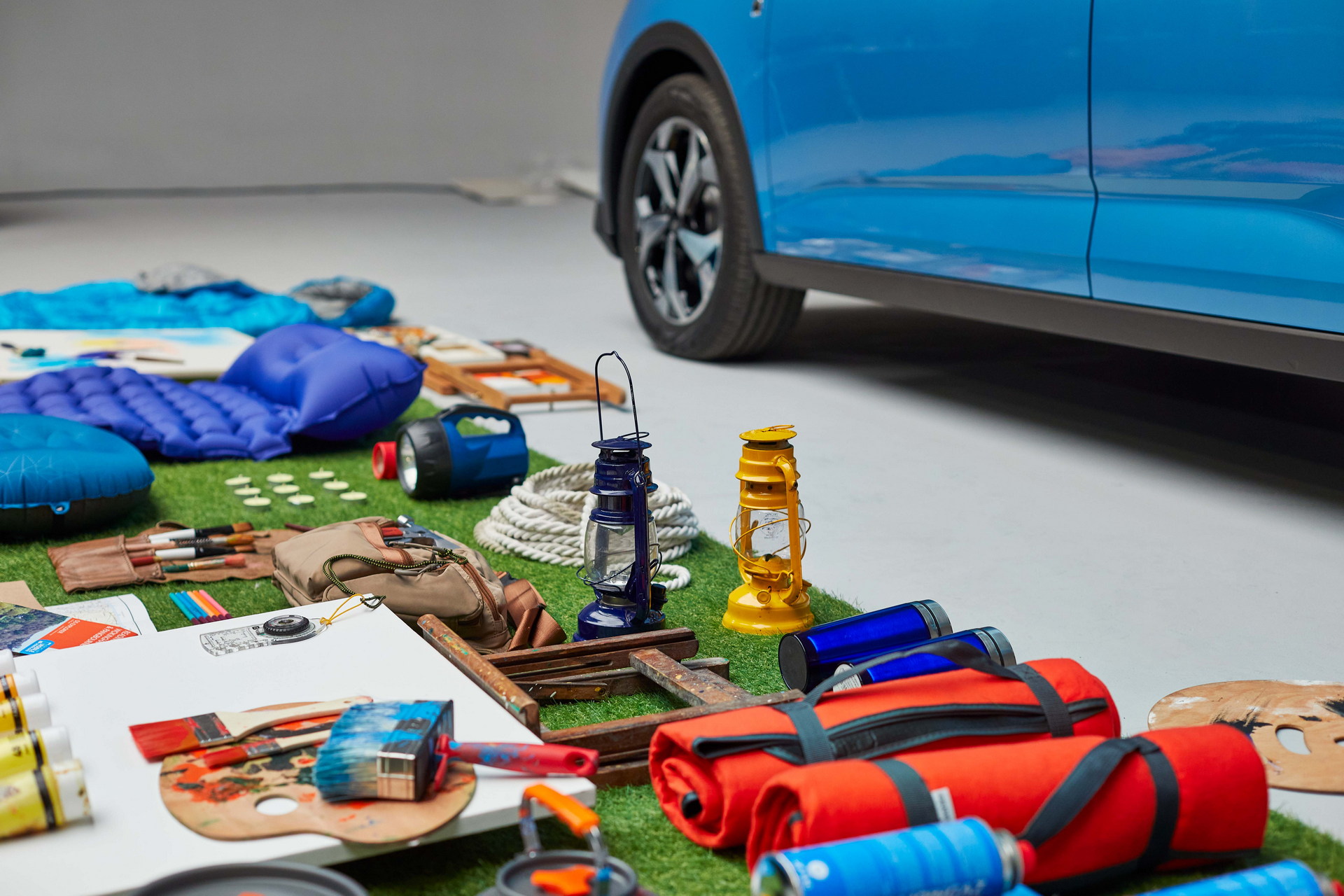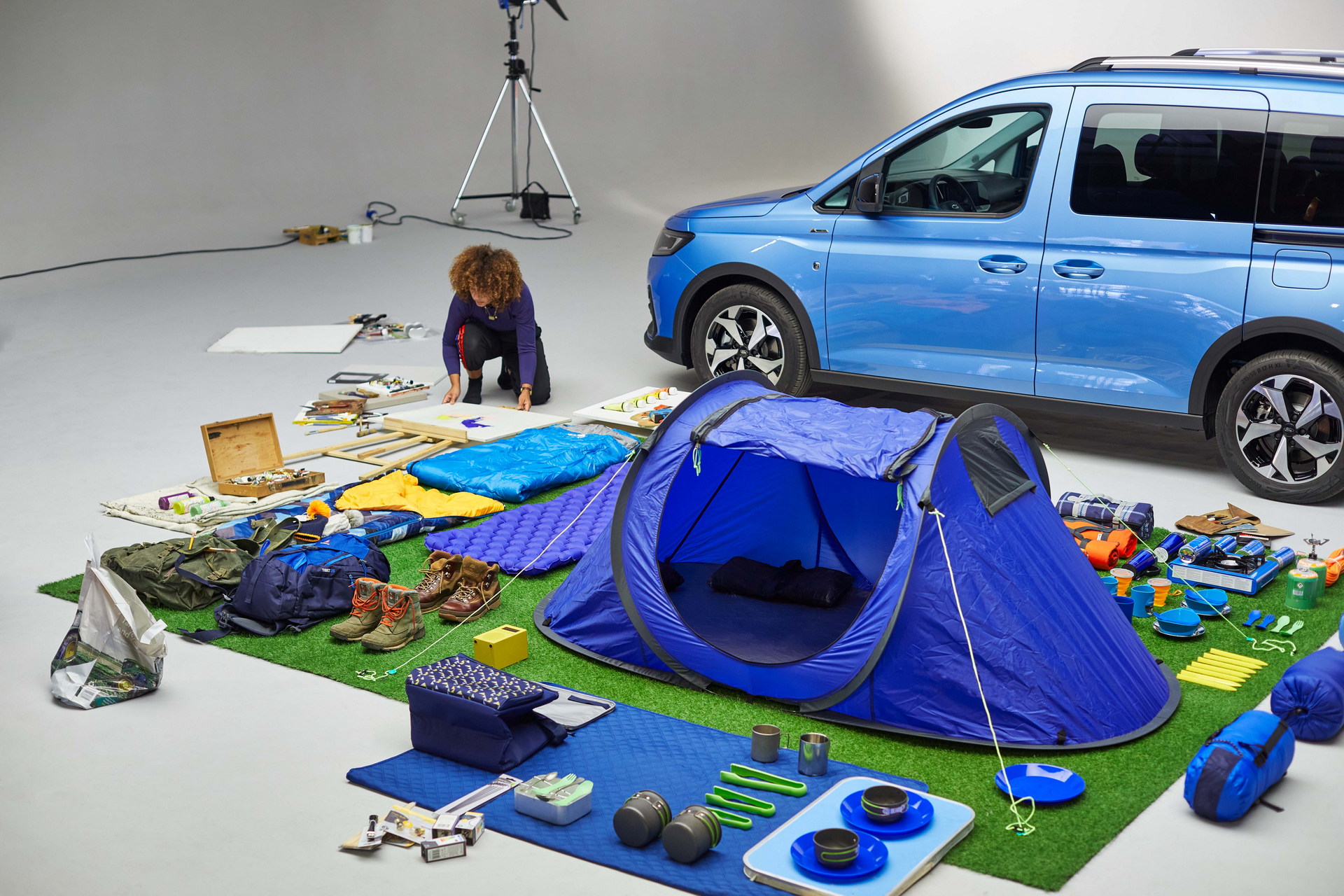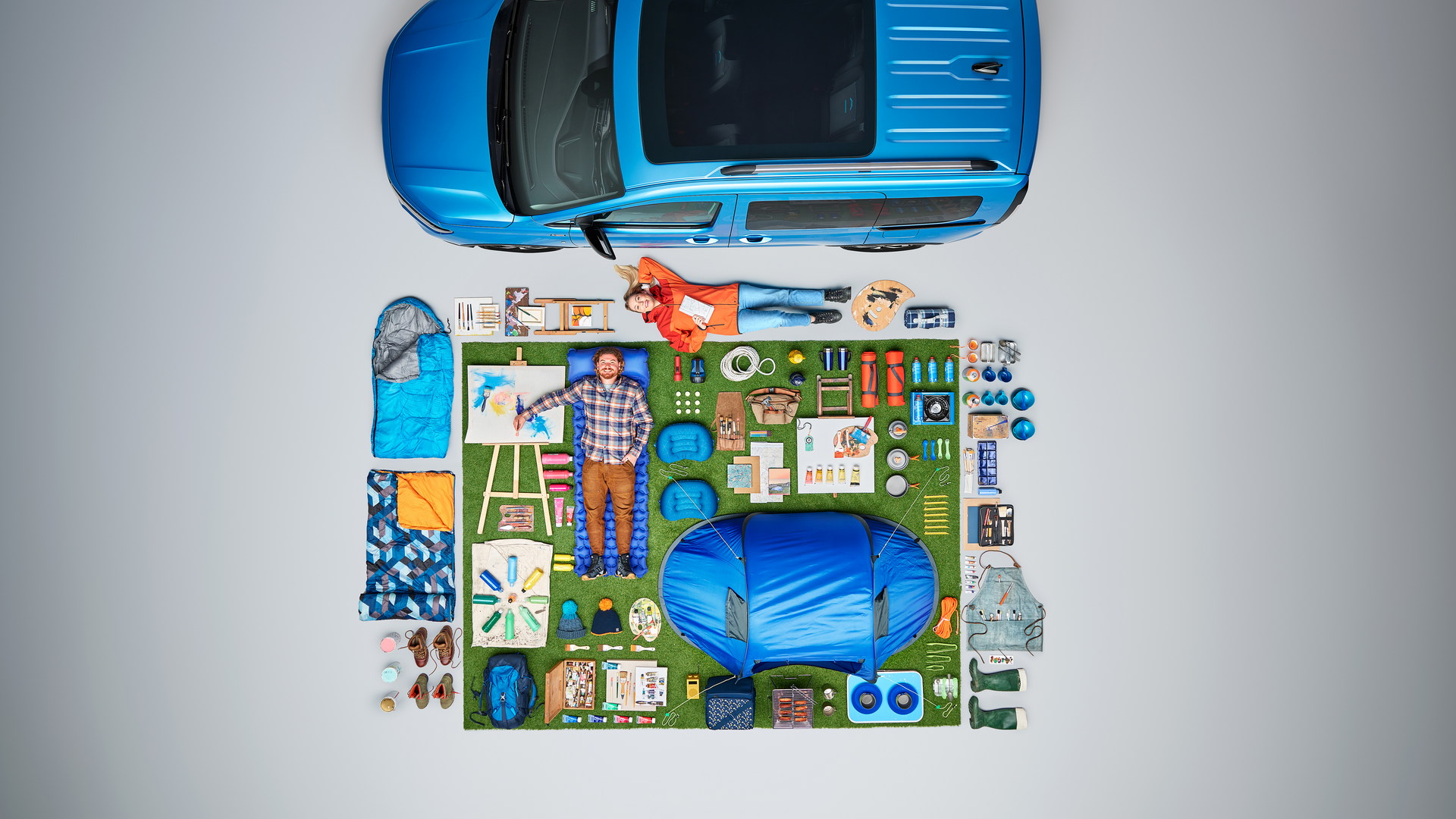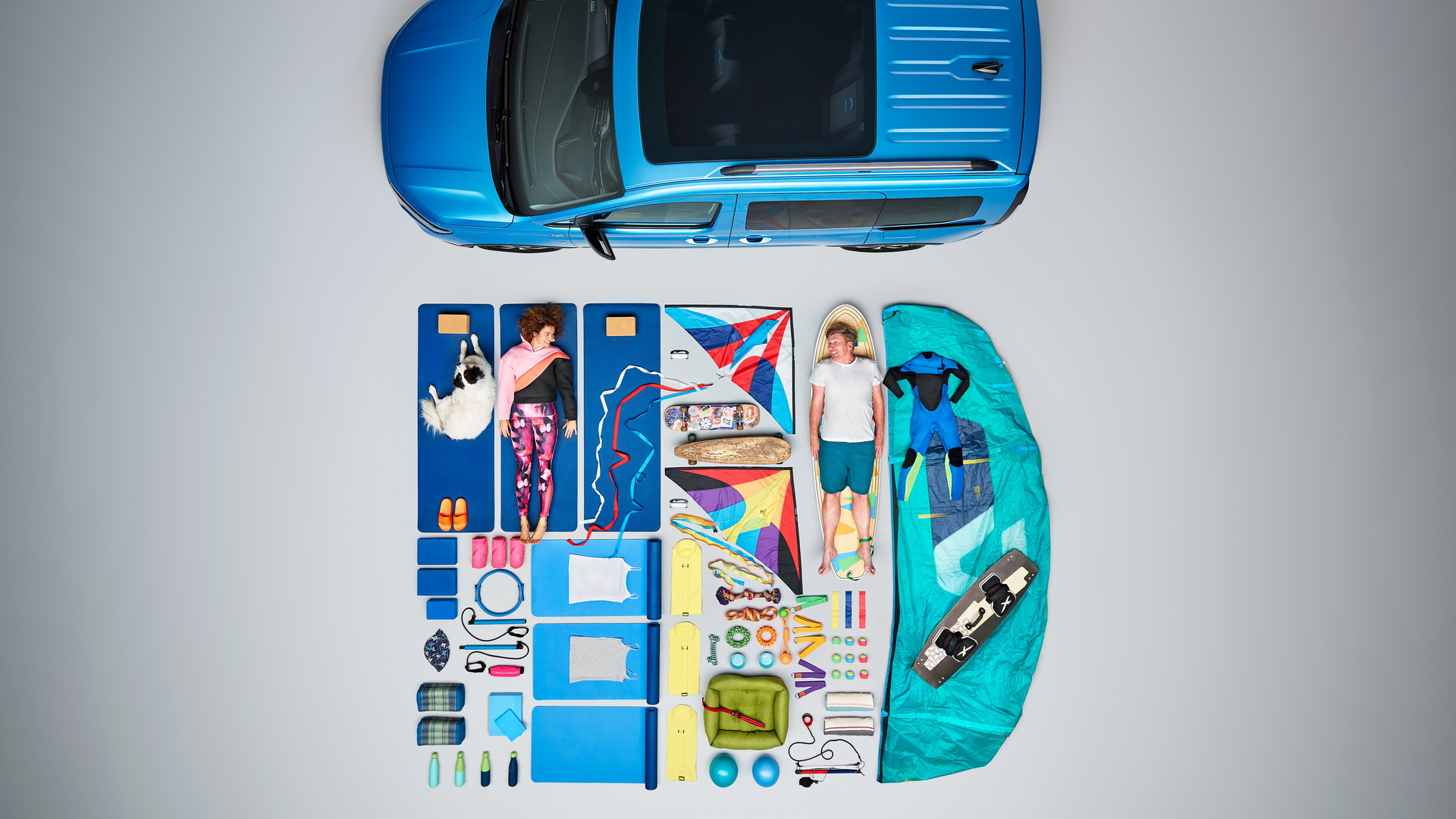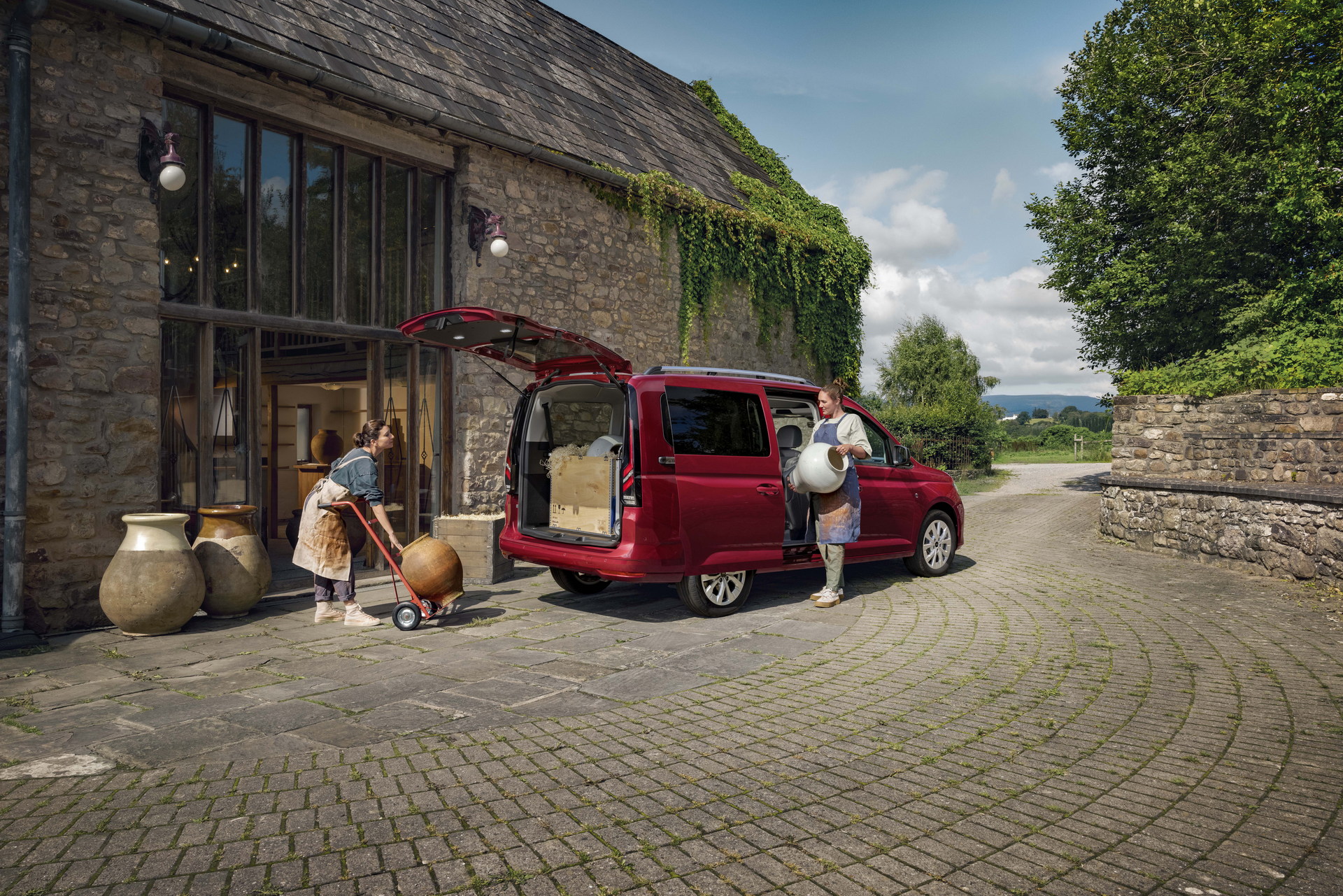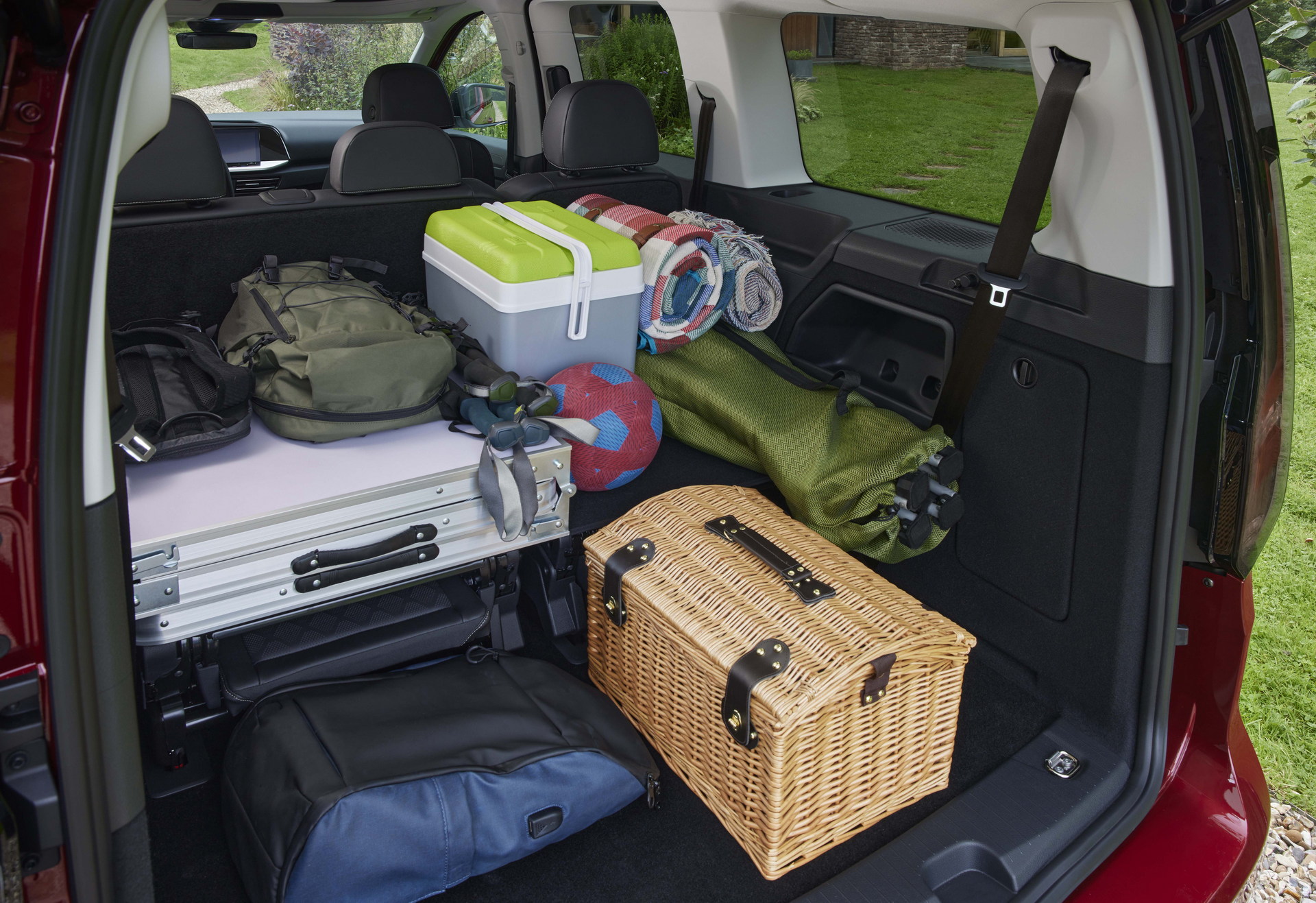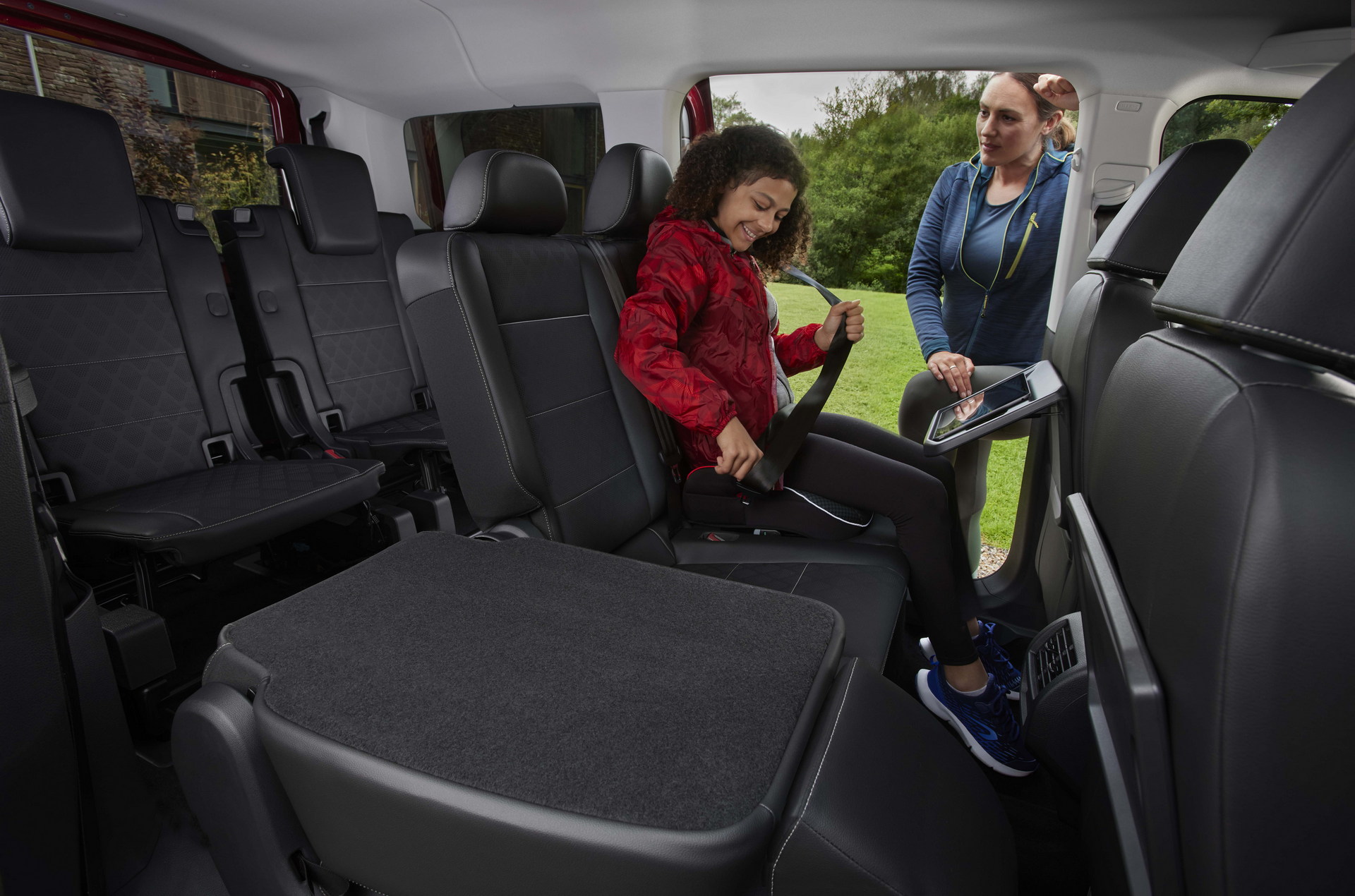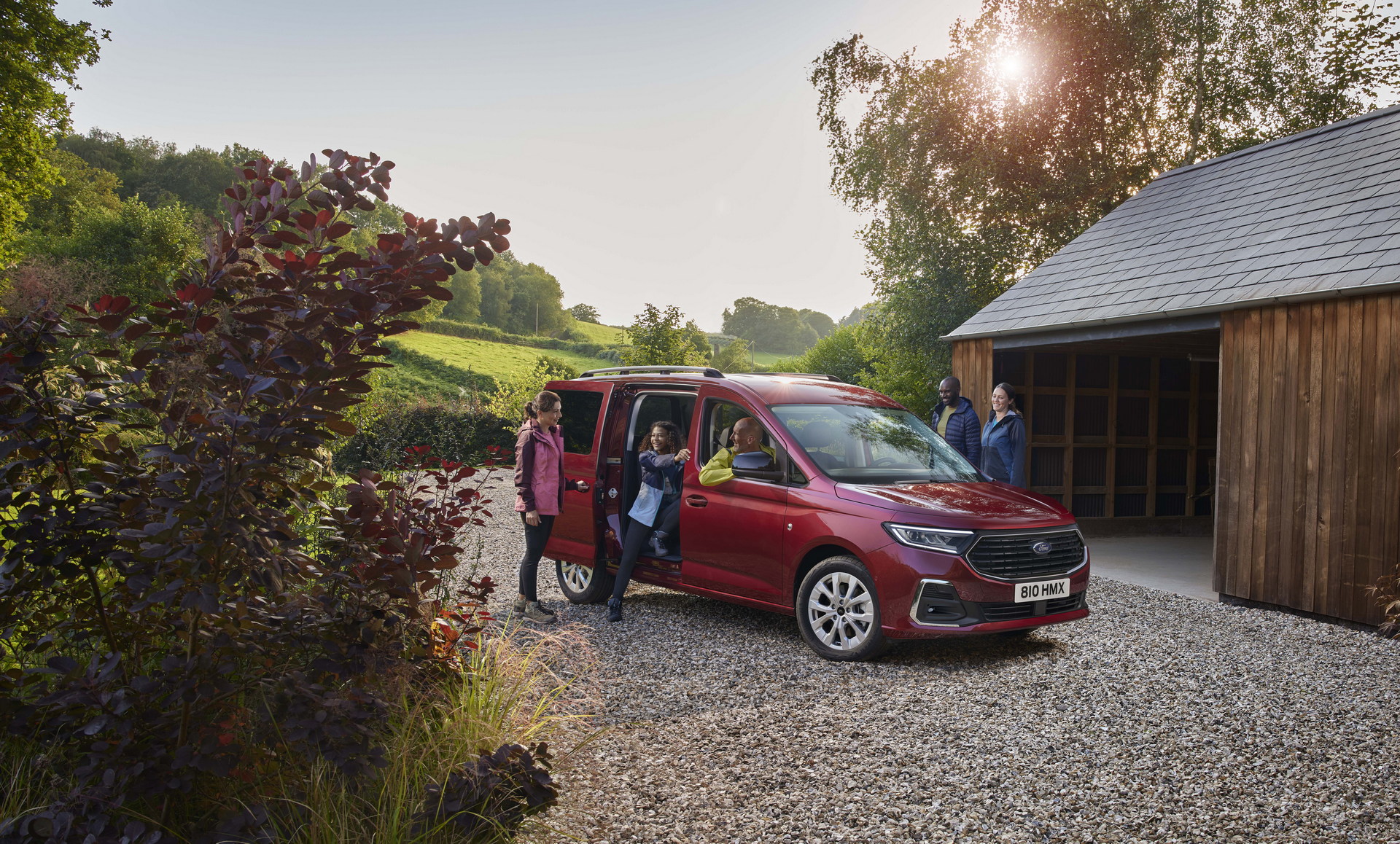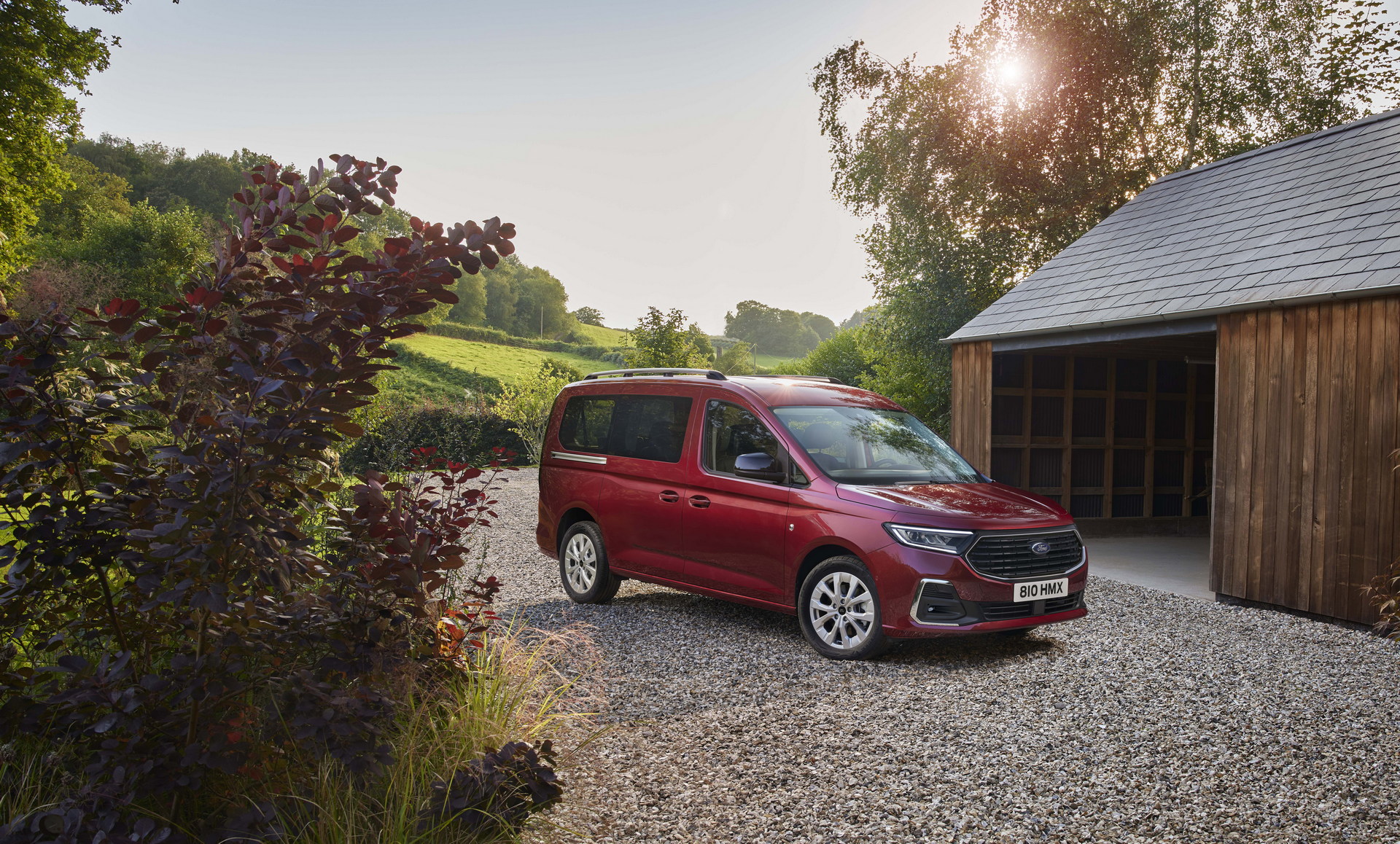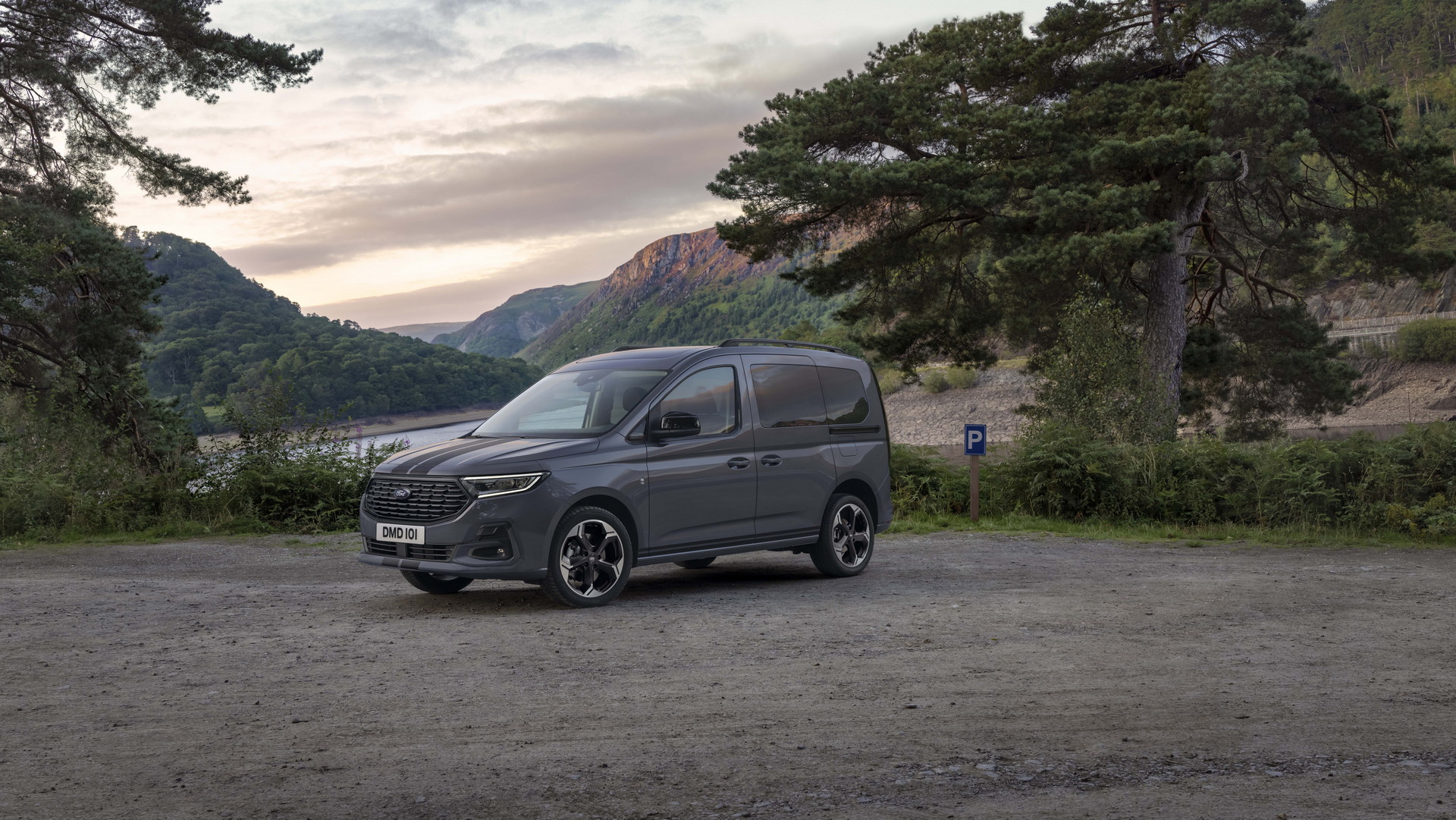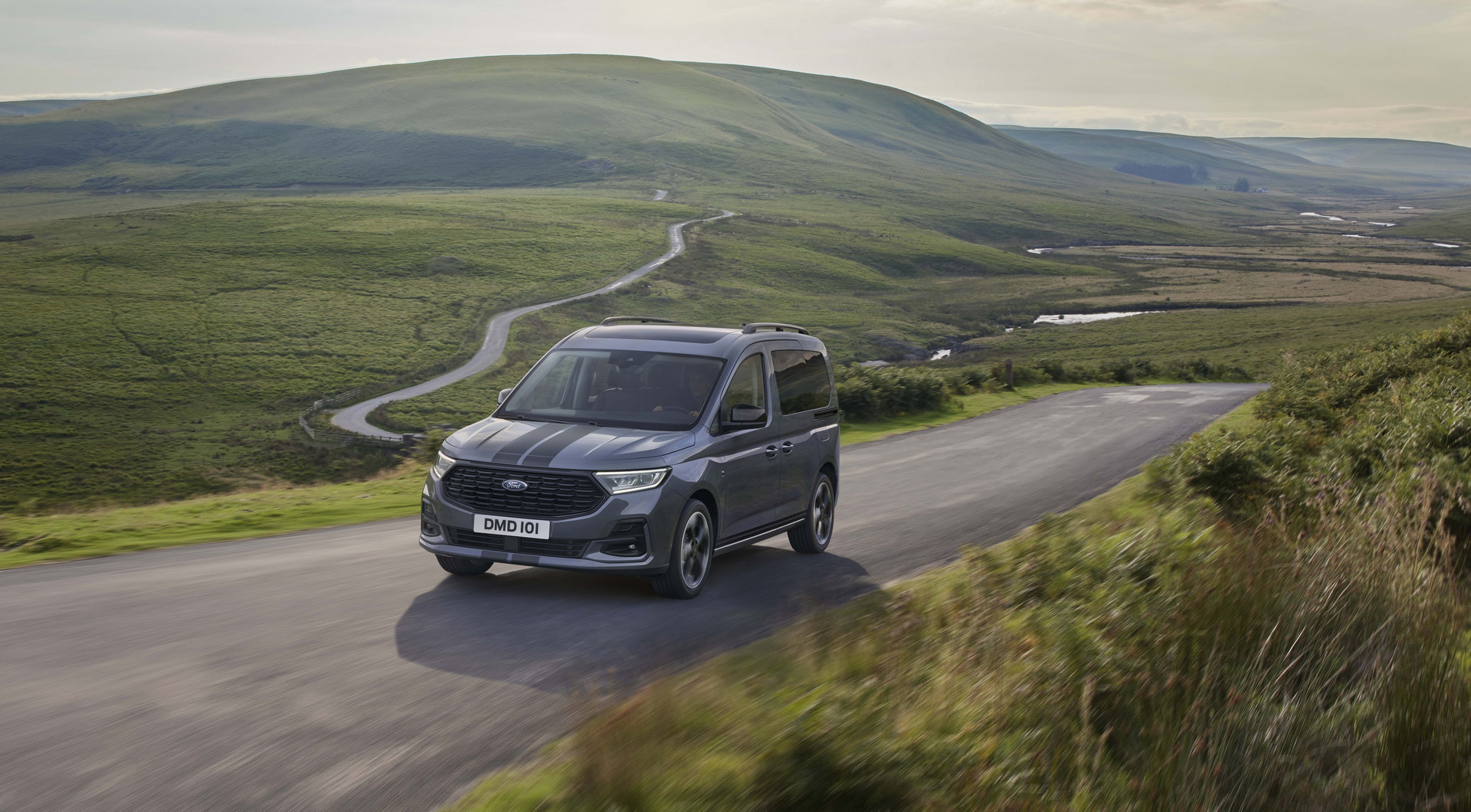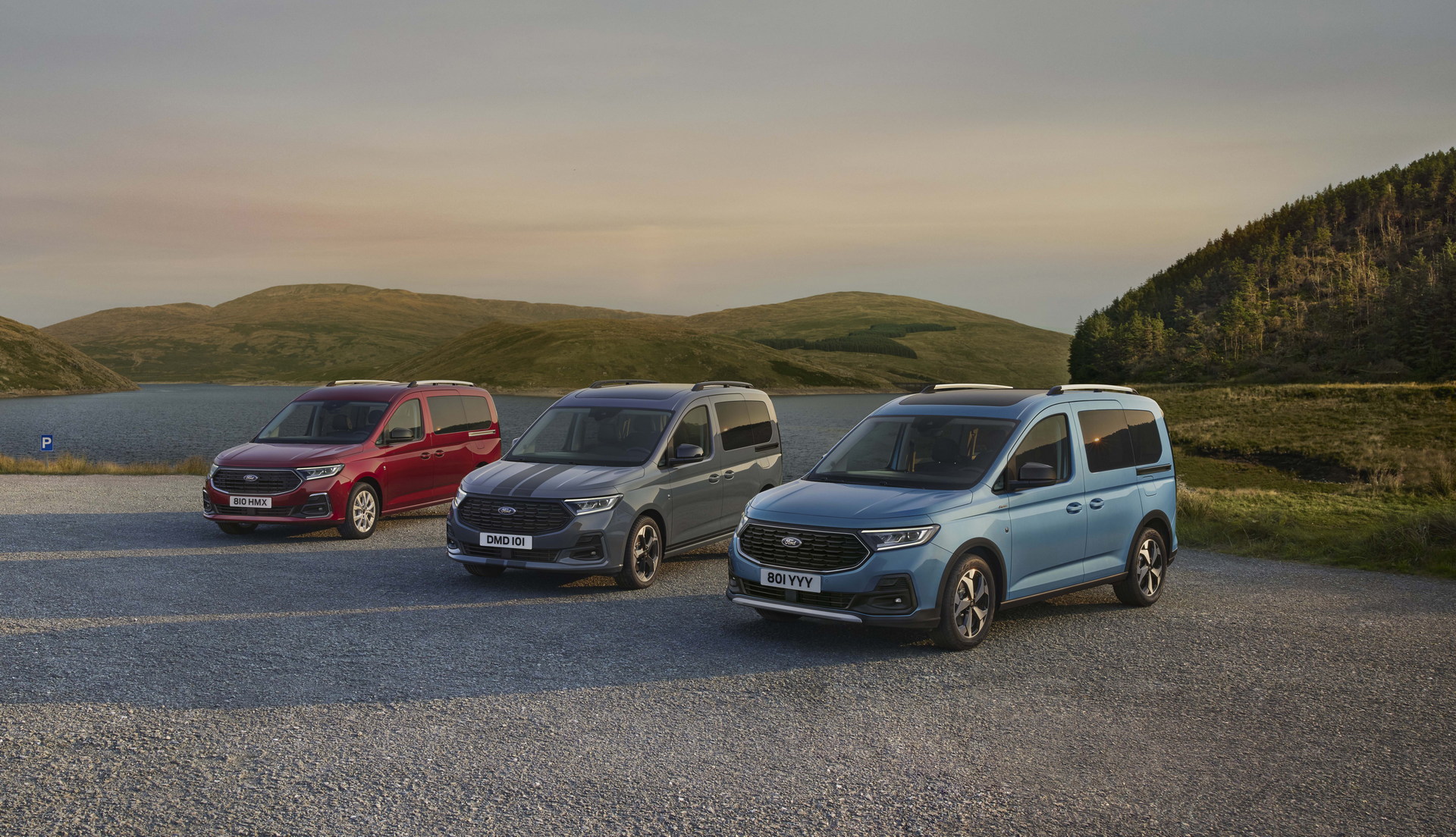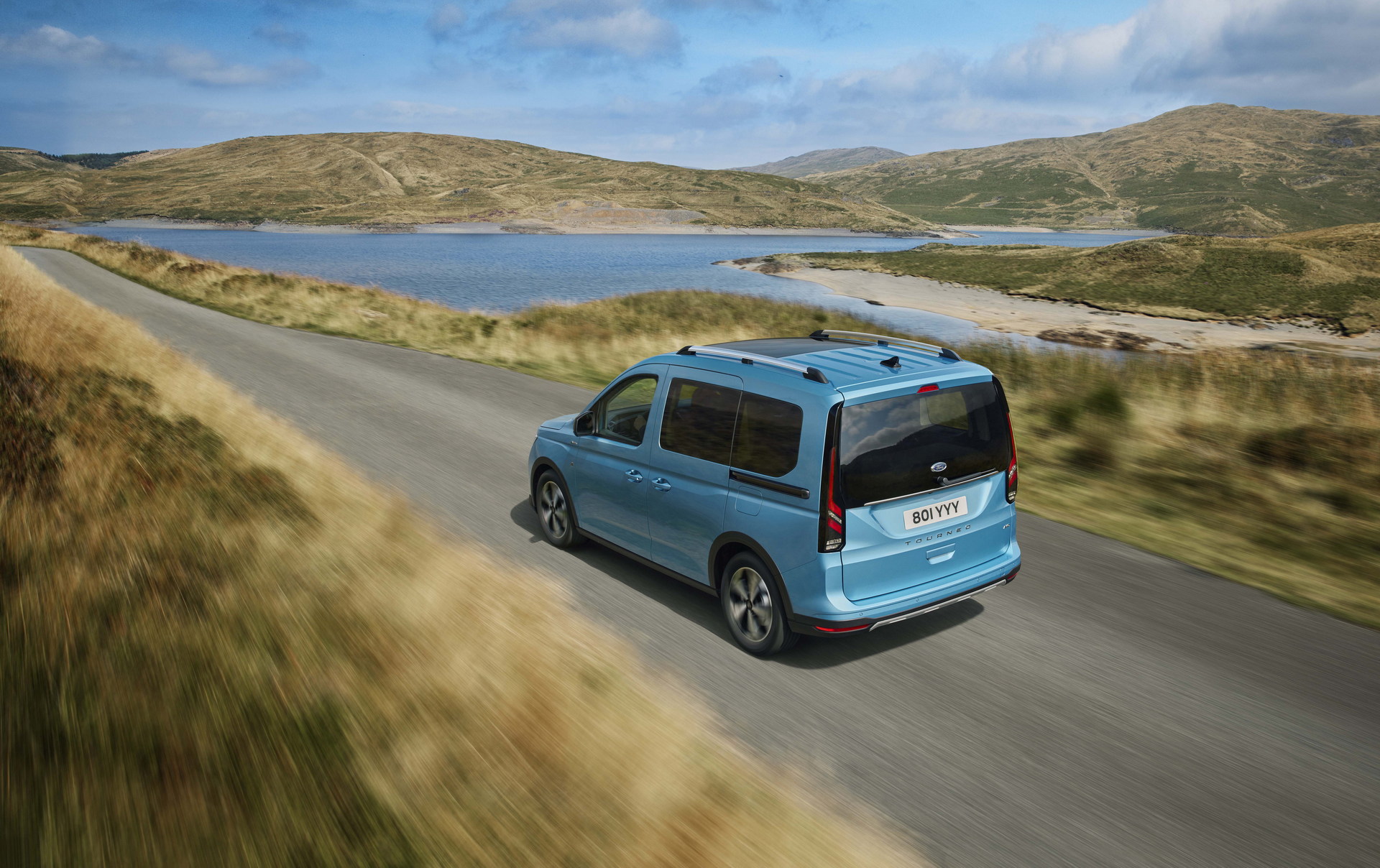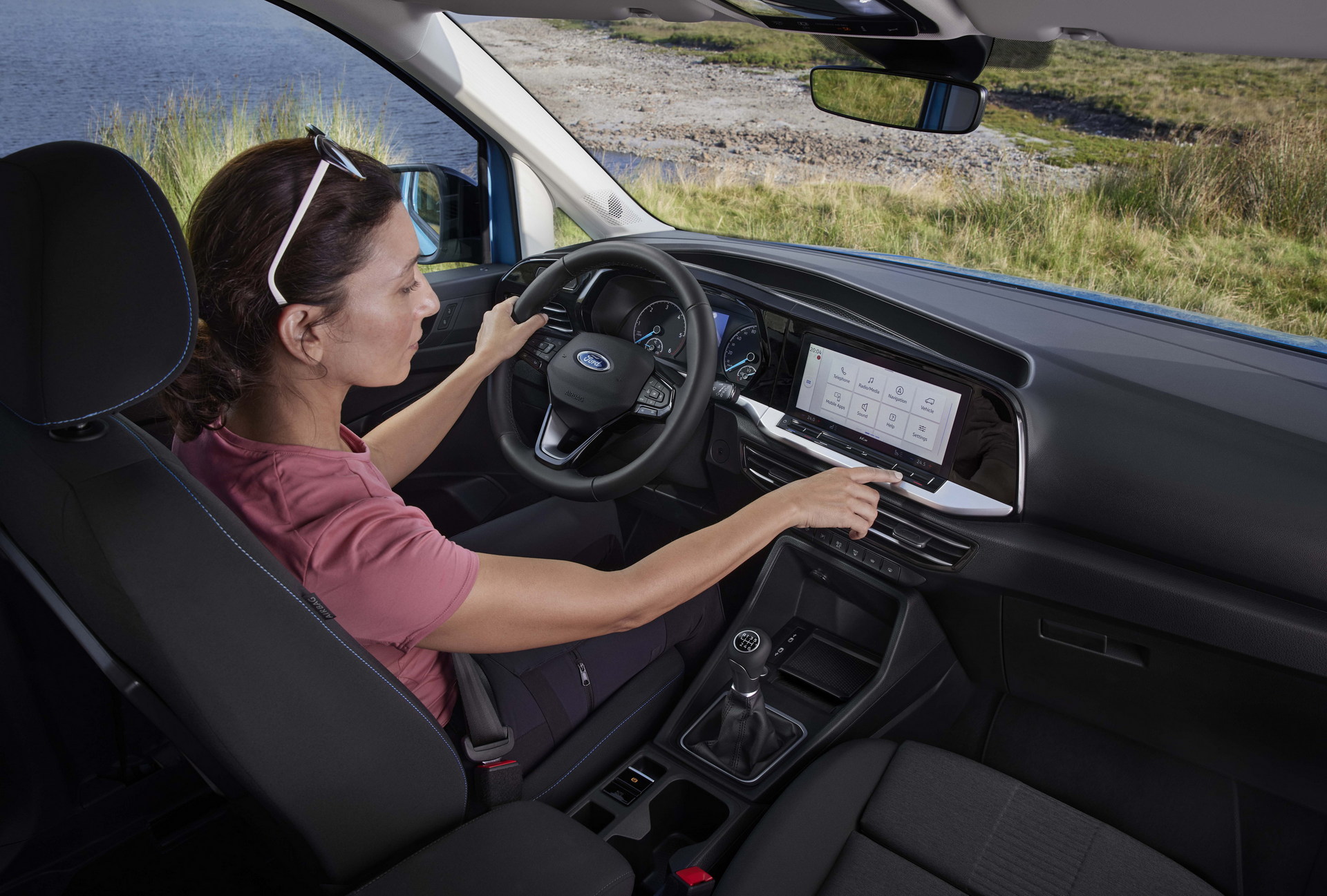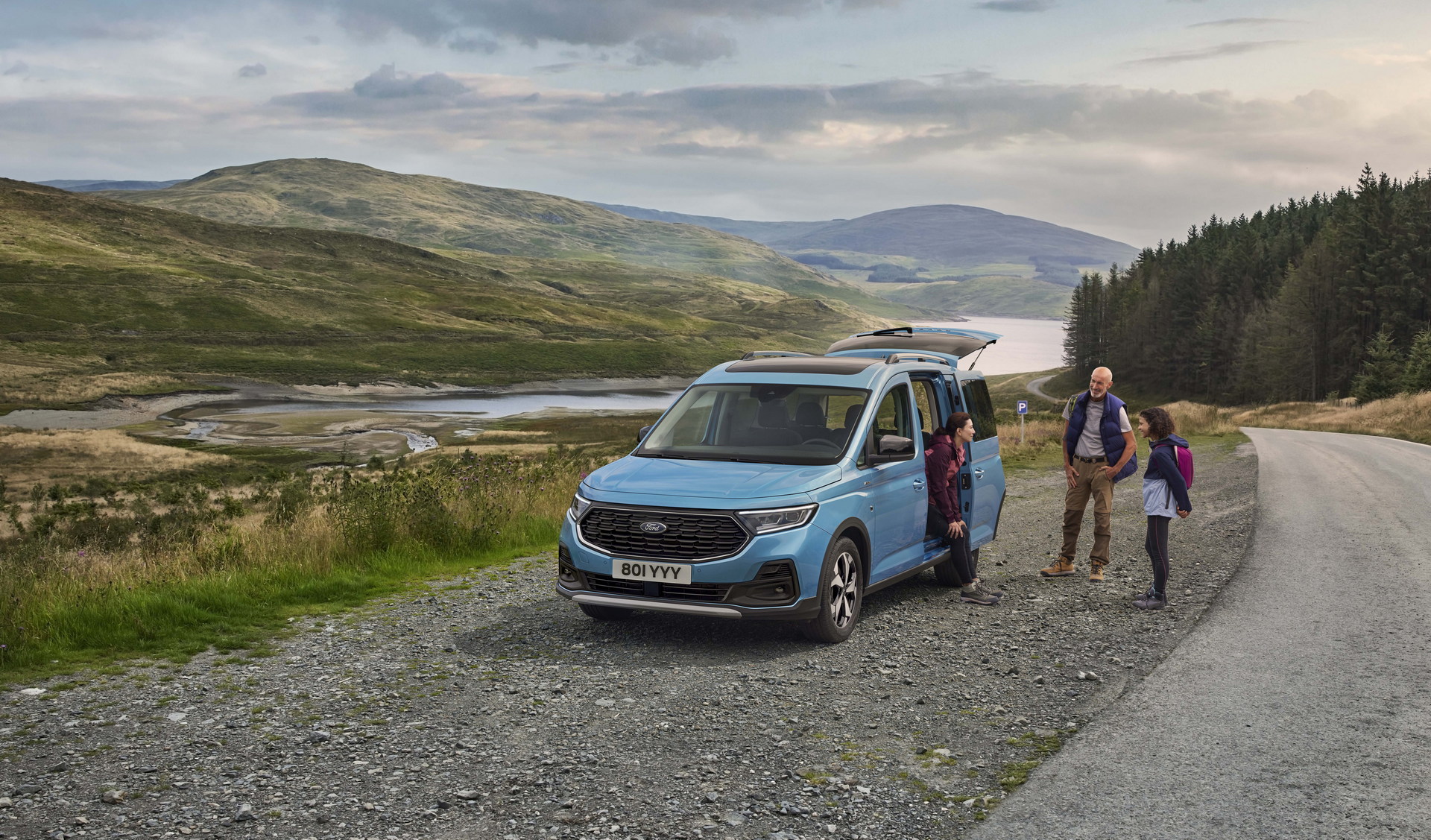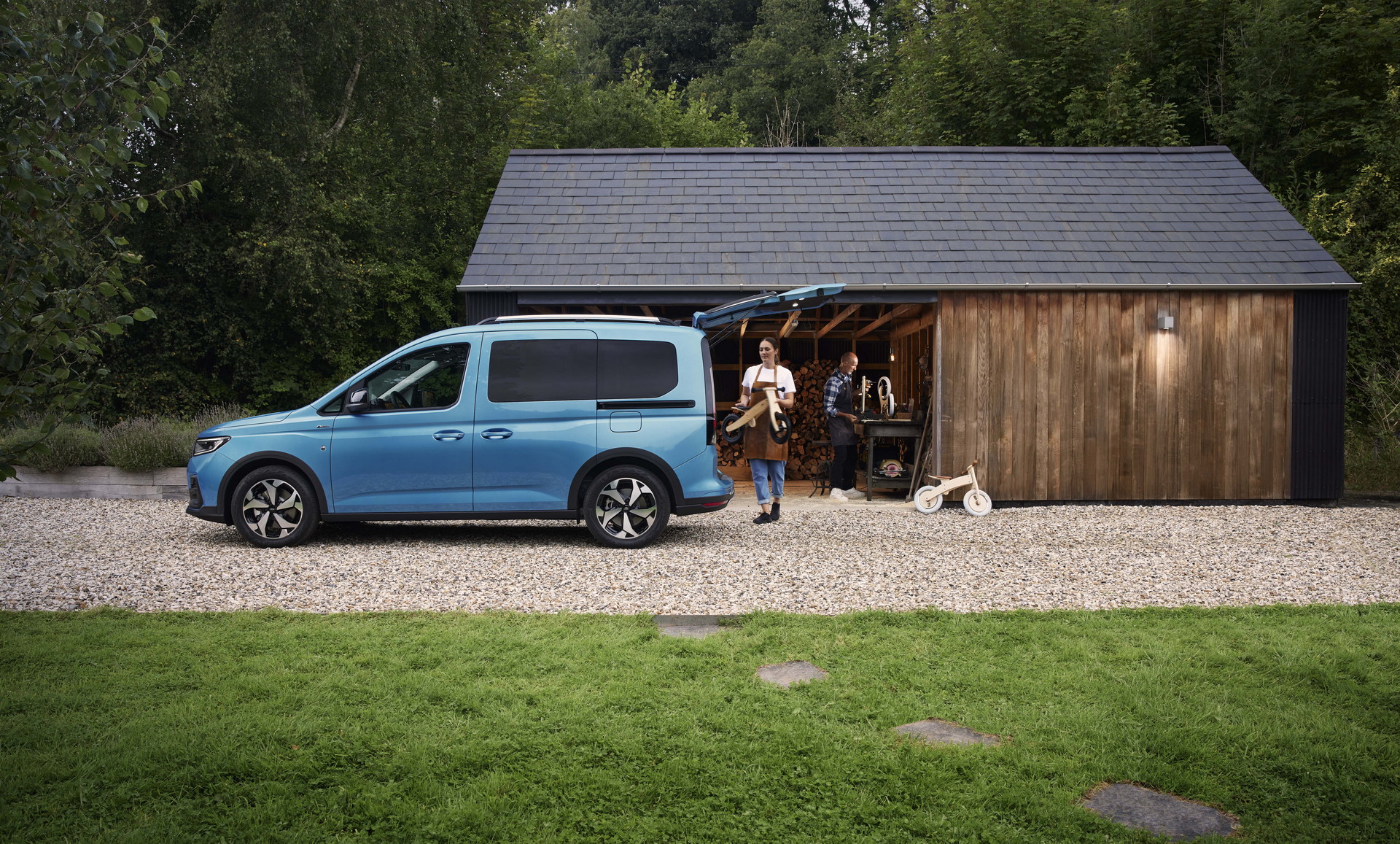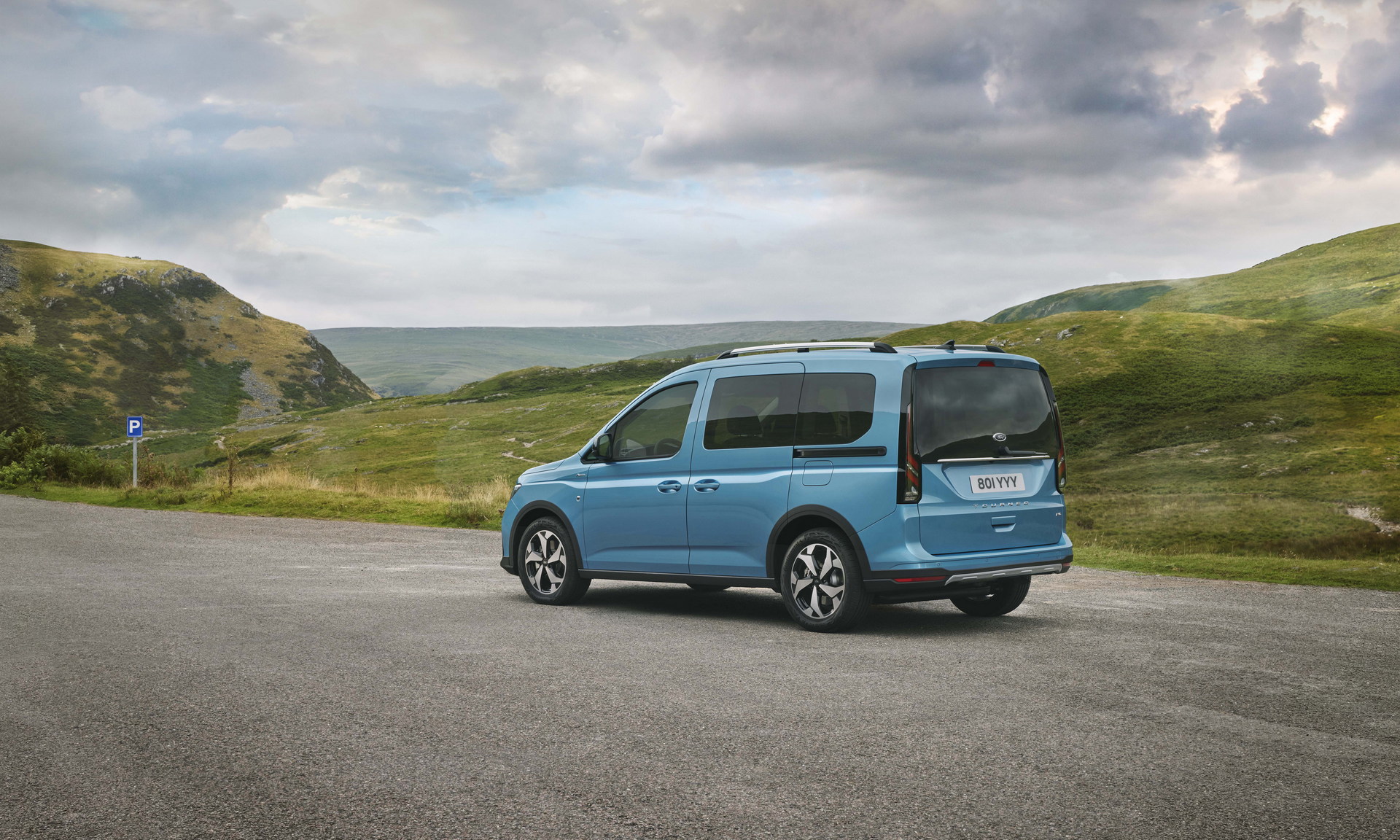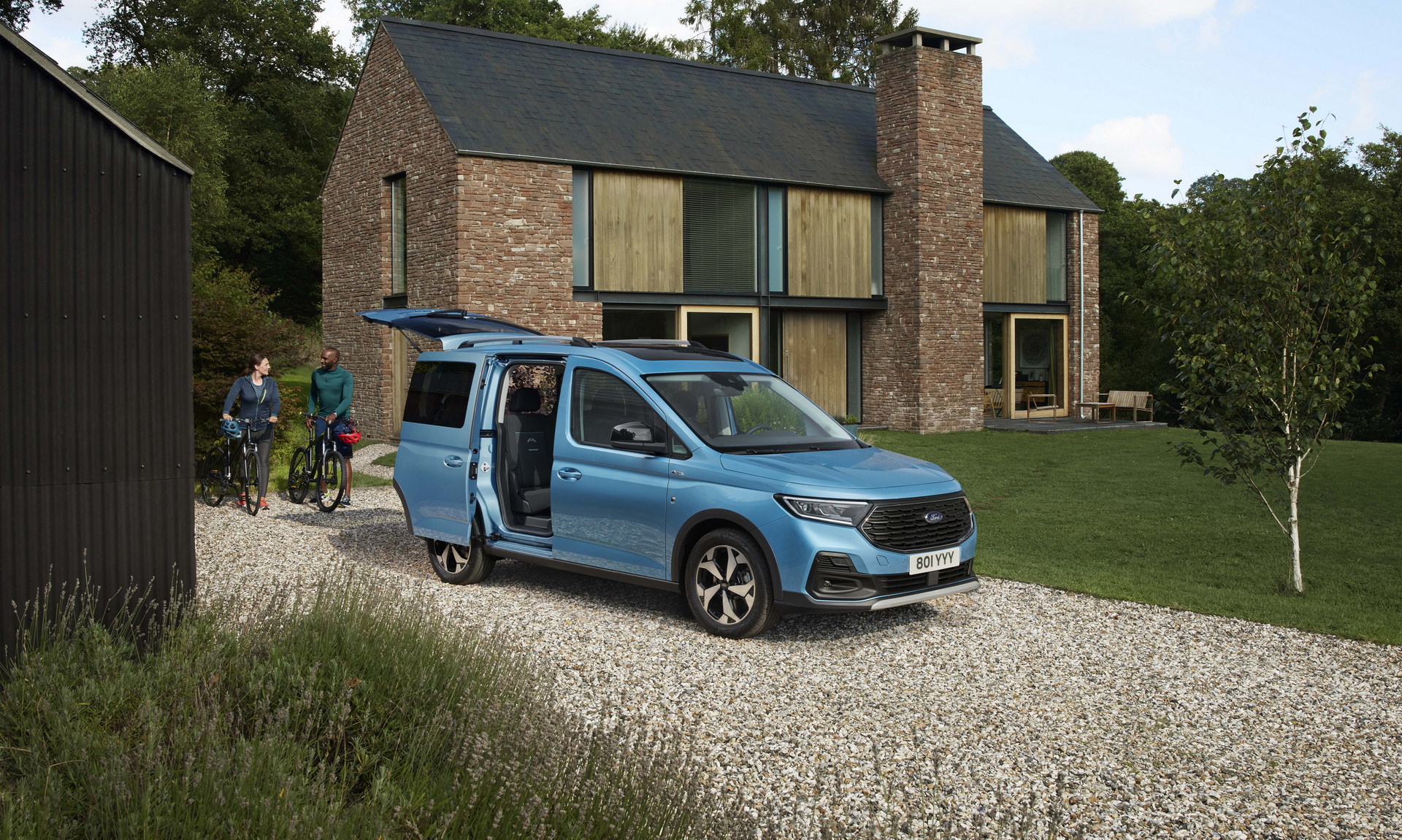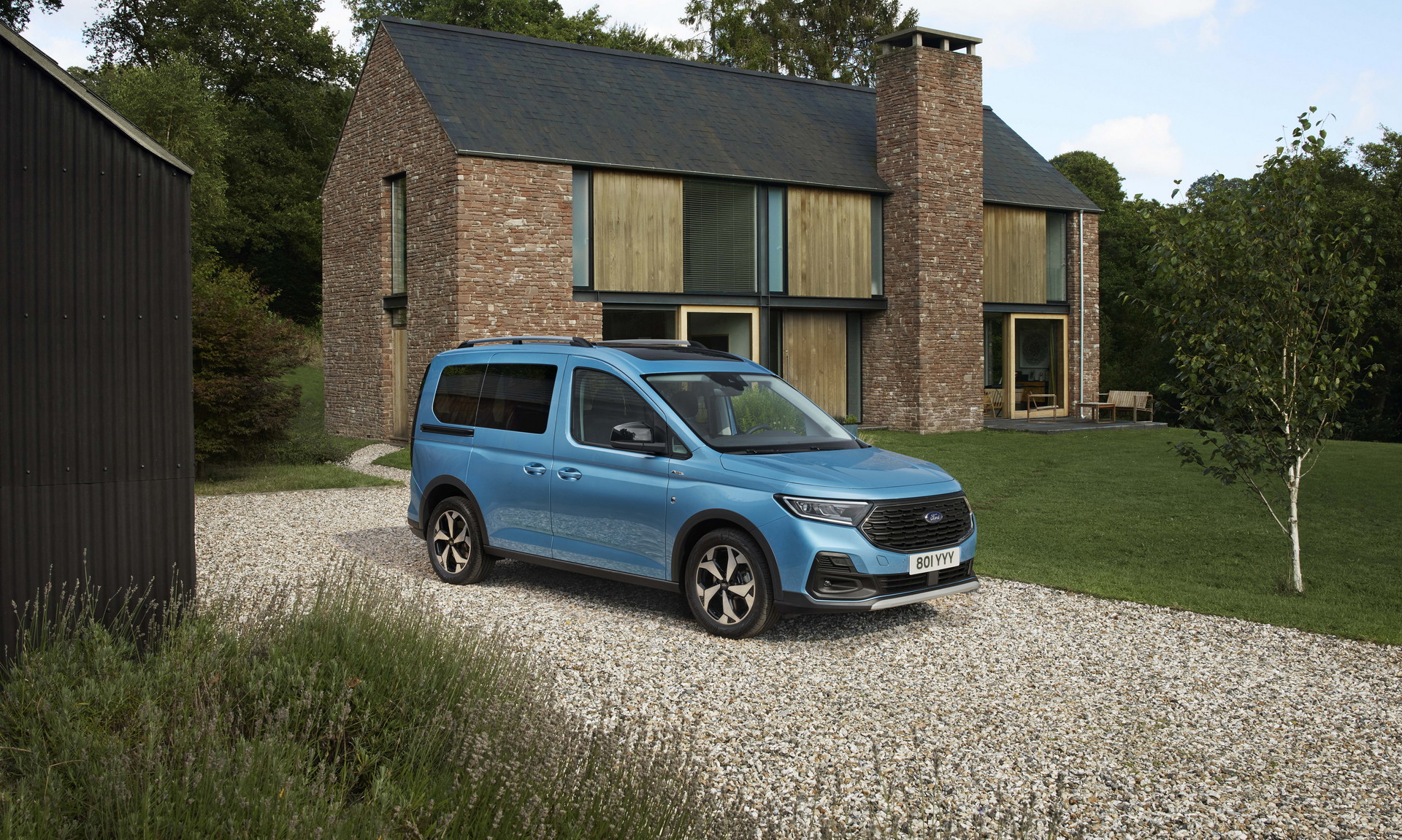Ford has revealed the new-generation Tourneo Connect, the company’s new “multi-activity” model that’s scheduled to arrive in Europe in Spring 2022. The new Tourneo Connect is based on the VW Caddy but features unique styling features to distinguish it from its German sibling.
The Tourneo Connect is the passenger version of the Tourneo range so Ford is focusing on the practicality, technology, and design features that would attract families.
Like other Ford models, the new Tourneo Connect is available in Active, Trend, Titanium, and Sport variants and comes in two body lengths and the option for seven seats.
See Also: Facelifted 2022 Ford Fiesta Unveiled With New Digital Gauges And Smarter Looks
The Ford Tourneo Connect is sharing the MQB platform, the interior, and most of its body panels with the VW Caddy. While the profile looks identical – with the exception of the wheels – the front end is redesigned featuring a larger grille, a more sculpted clamshell-style bonnet, new LED headlights, slightly different front fenders, and different bumper intakes. Changes are more limited at the back, with a different style for the area around the license plate.
The Titanium trim has chrome elements and 16-inch wheels making it look a bit conservative. The Sport comes with a blacked-out treatment, bonnet stripes, body-colored elements on the bumper intakes, and 17-inch wheels. The Active adopts crossover-inspired looks with plastic cladding, aluminum-style skid plates, and unique 17-inch wheels. There is also the base-spec Trend with a high-gloss black grille surround.
The dashboard is also shared with the Caddy, besides the steering wheel and trim options. The base Trend gets an 8.25-inch touchscreen for the infotainment, while the Titanium, Sport, and Active trims are equipped with a larger 10-inch unit with navigation and all modern connectivity features. There is also an optional configurable 10.25-inch digital instrument cluster.
What is more important is the versatility offered by the new Tourneo Connect. Two sliding doors give access to the second and third rows that can be easily folded, tumbled, or completely removed if you need more cargo space – up to 2.6 cubic meters in the regular model or up to 3.1 cubic meters in the long-wheelbase variant. Additionally, the front passenger seat can also be folded, allowing for items up to 3 meters long to be transported inside the vehicle.
A panoramic glass roof is available while Ford also talks about “plentiful cup holders, cubbies, and charging ports” for the passengers, plus optional rubber floor mats that are easy to clean. Finally, the optional ergonomic seats with leg supports and four-way electric lumbar adjustment will make trips more comfortable.
In terms of safety, the Tourneo Connect can be equipped with up to 19 driver-assistance systems, including the optional Adaptive Cruise Control and the optional Towing Assist Pack. The FordPass application also allows remote access to several features from a smartphone.
The engine lineup includes the 1.5-liter EcoBoost petrol producing 112 hp (84 kW / 114 PS) and 220 Nm (162.3 lb-ft) of torque, plus the 2.0-liter EcoBlue diesel in two different power outputs – with 110 hp (82 kW / 112 PS) and 280 Nm (206.5 lb-ft) or with 120 hp (90 kW / 122 PS) and 320 Nm (236 lb-ft). The six-speed manual gearbox is standard while buyers can opt for the seven-speed Powershift dual-clutch automatic with paddles and a Sport mode.
See Also: 2022 VW Caddy PanAmericana Van Crossovers Into SUV Territory
What is interesting is that for the first time the Tourneo Connect is offering an all-wheel-drive option, exclusively combined with the more powerful 2.0-liter EcoBlue diesel and a six-speed manual gearbox. Note that the EcoBoost and EcoBlue powertrains are rebadged TSI and TDI engines shared with the Caddy.
Ford will start accepting orders for the new Tourneo Connect in European markets in early 2022, with the first deliveries scheduled for Spring 2022. Besides the VW Caddy, competitors include the Peugeot Partner, Citroën Berlingo, Opel/Vauxhall Combo, and Toyota ProAce City (all based on PSA Group’s architecture), plus the FIAT Doblo.




